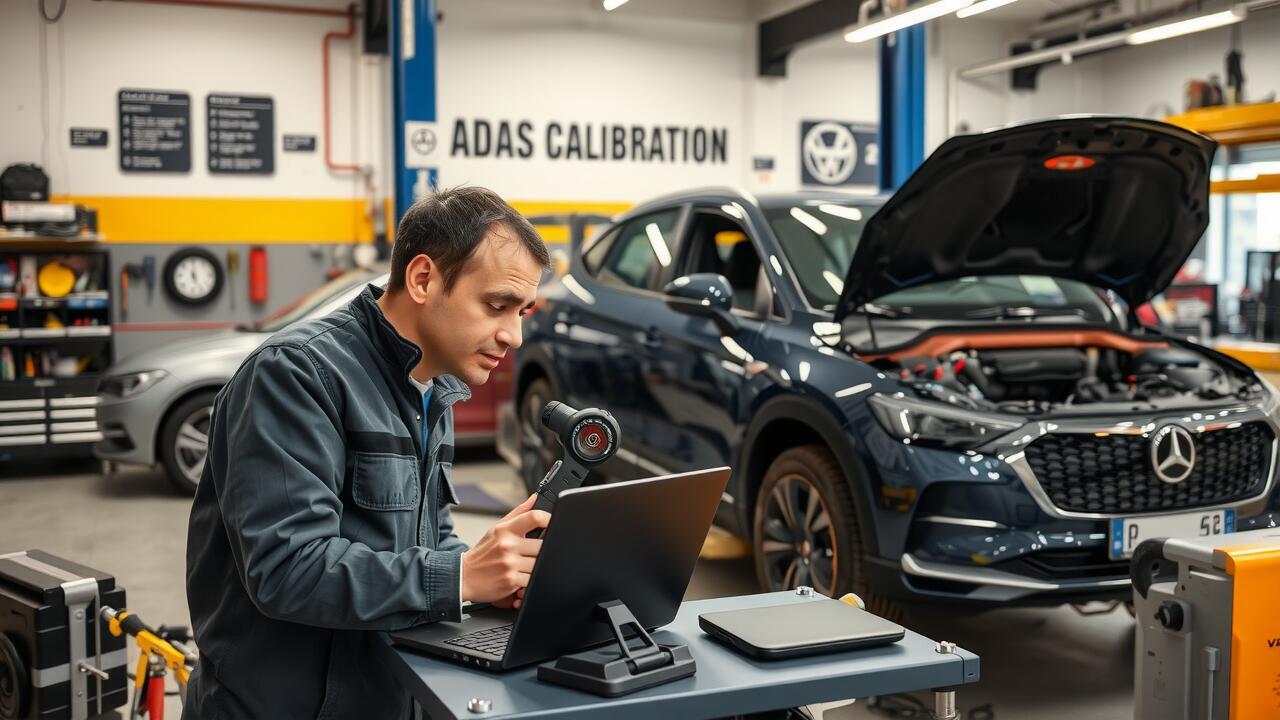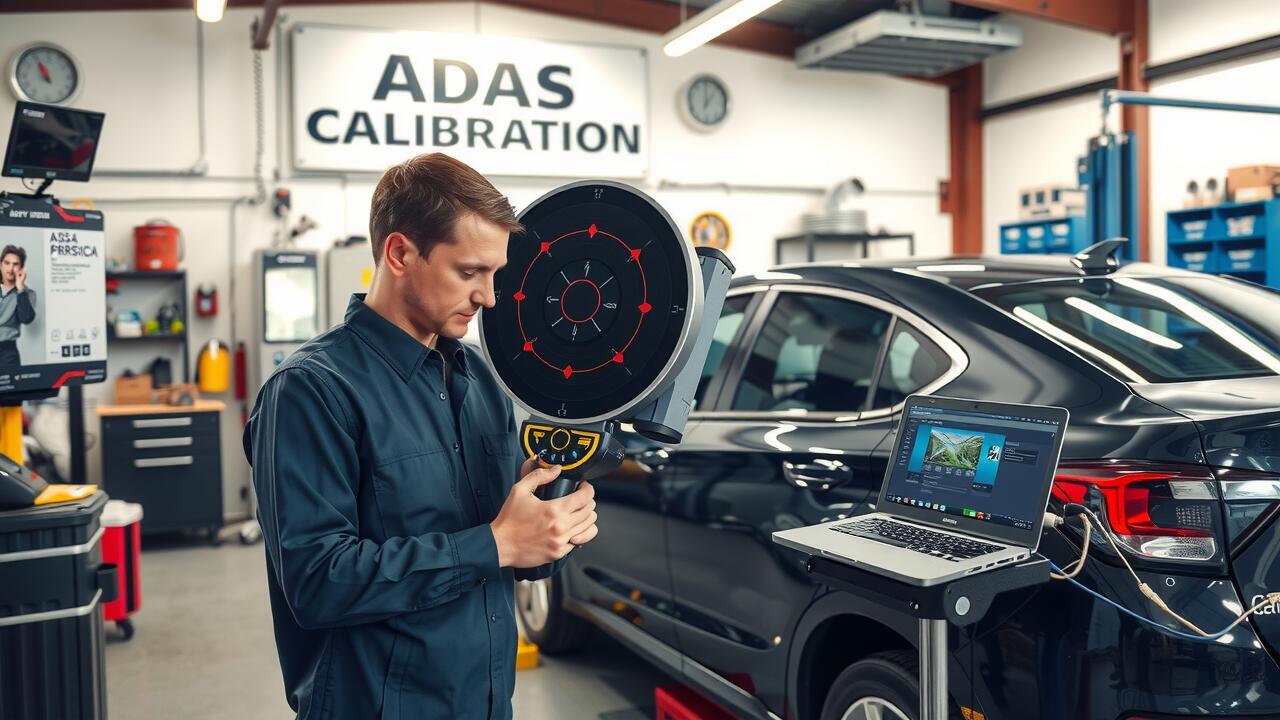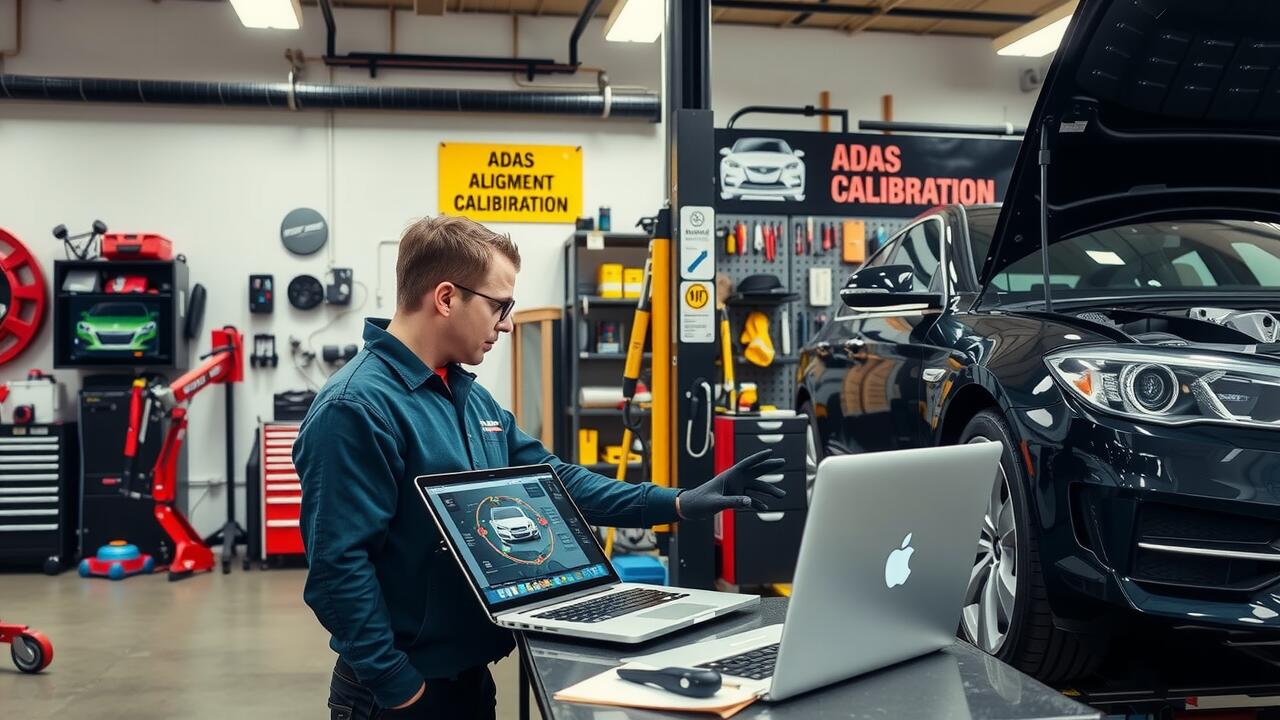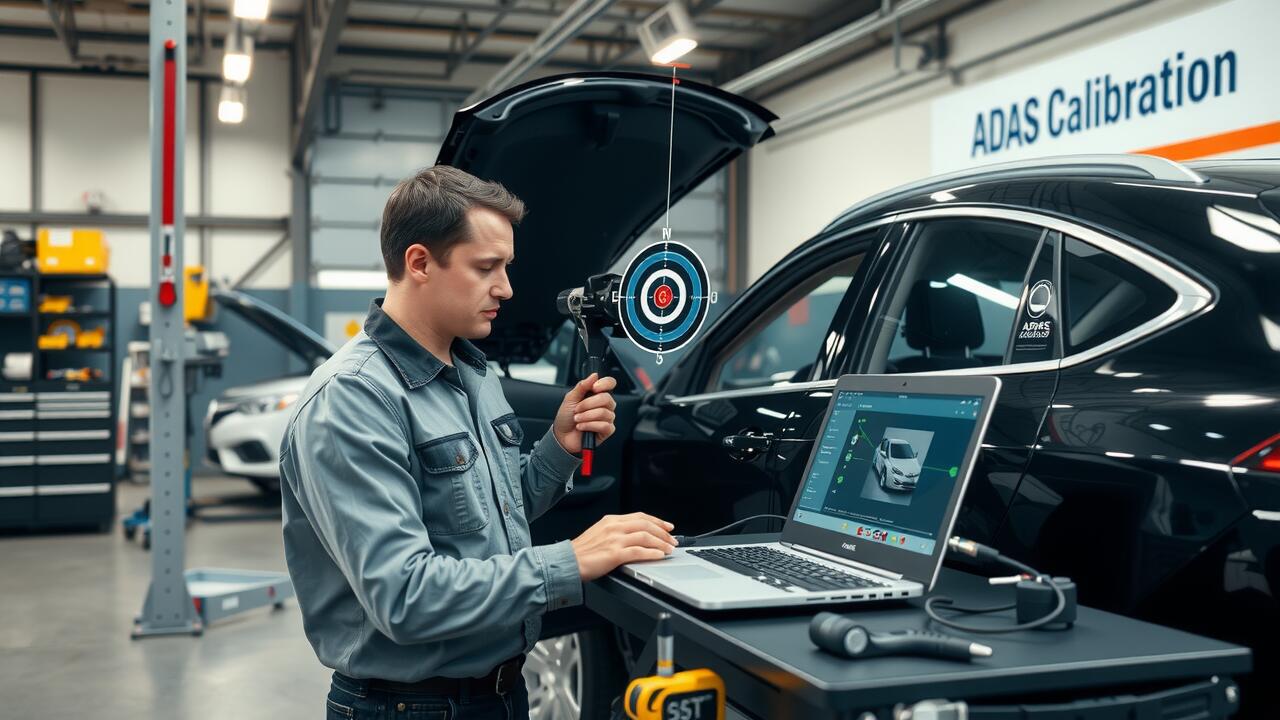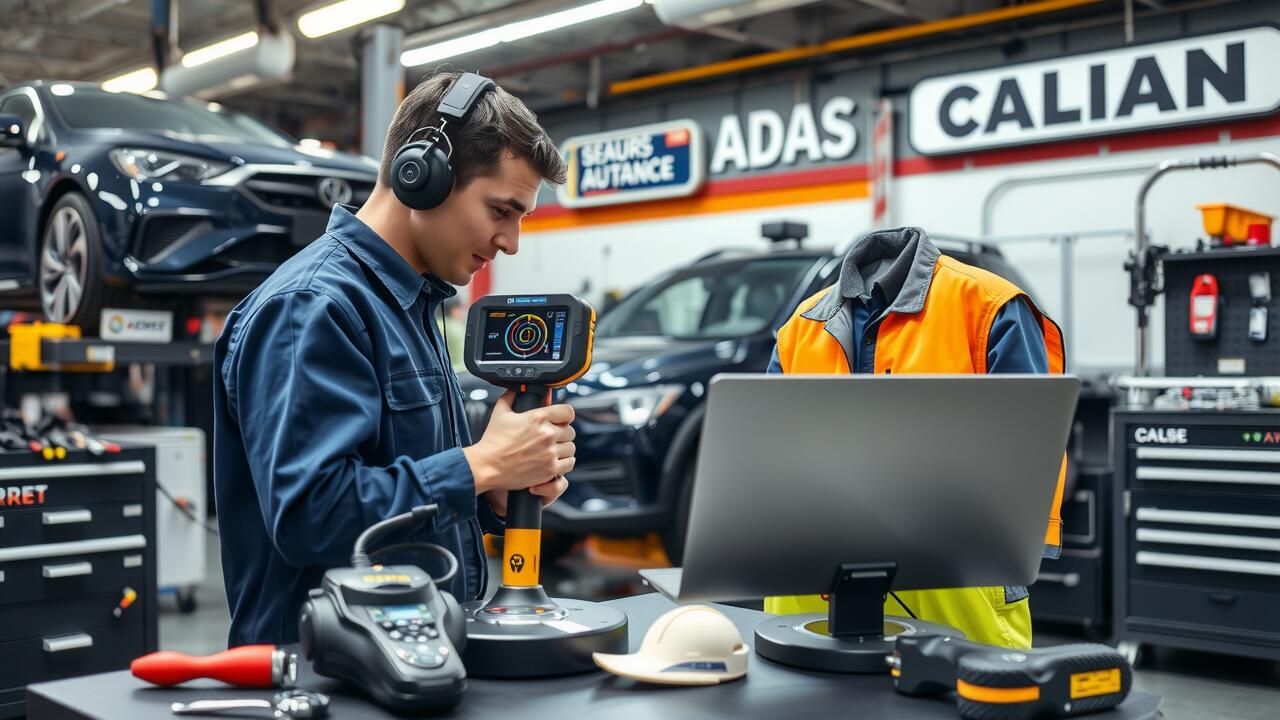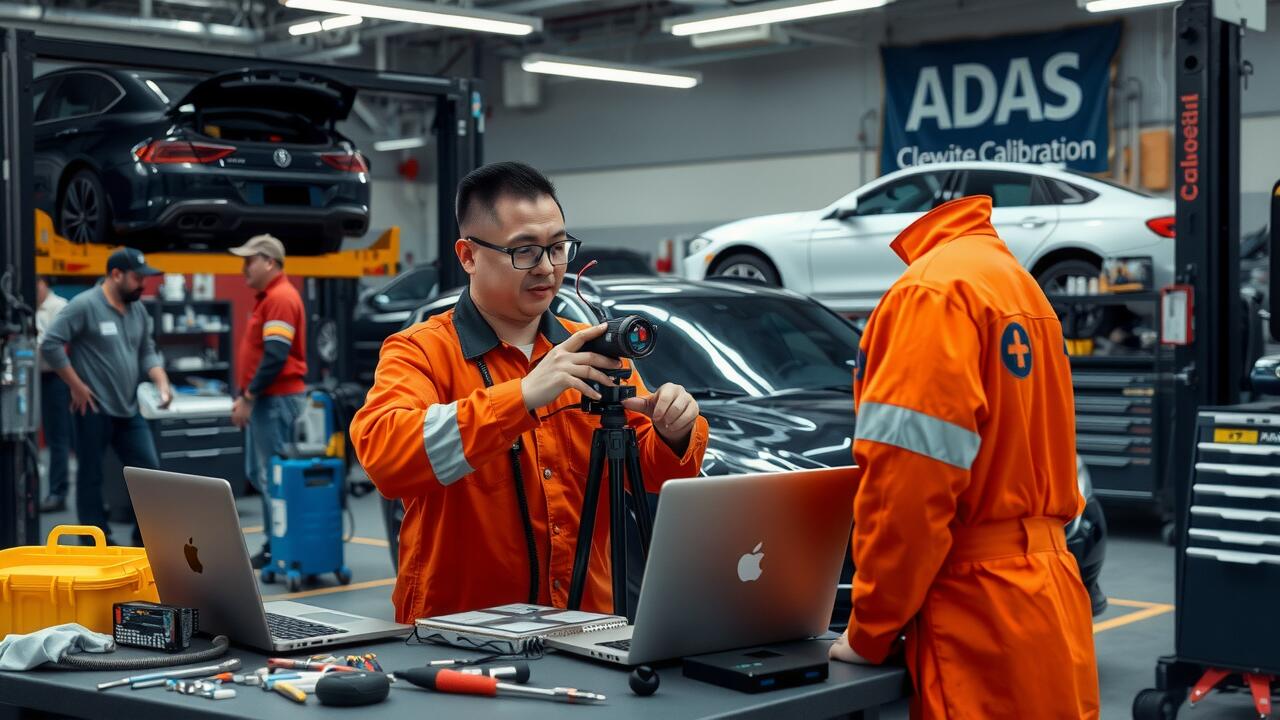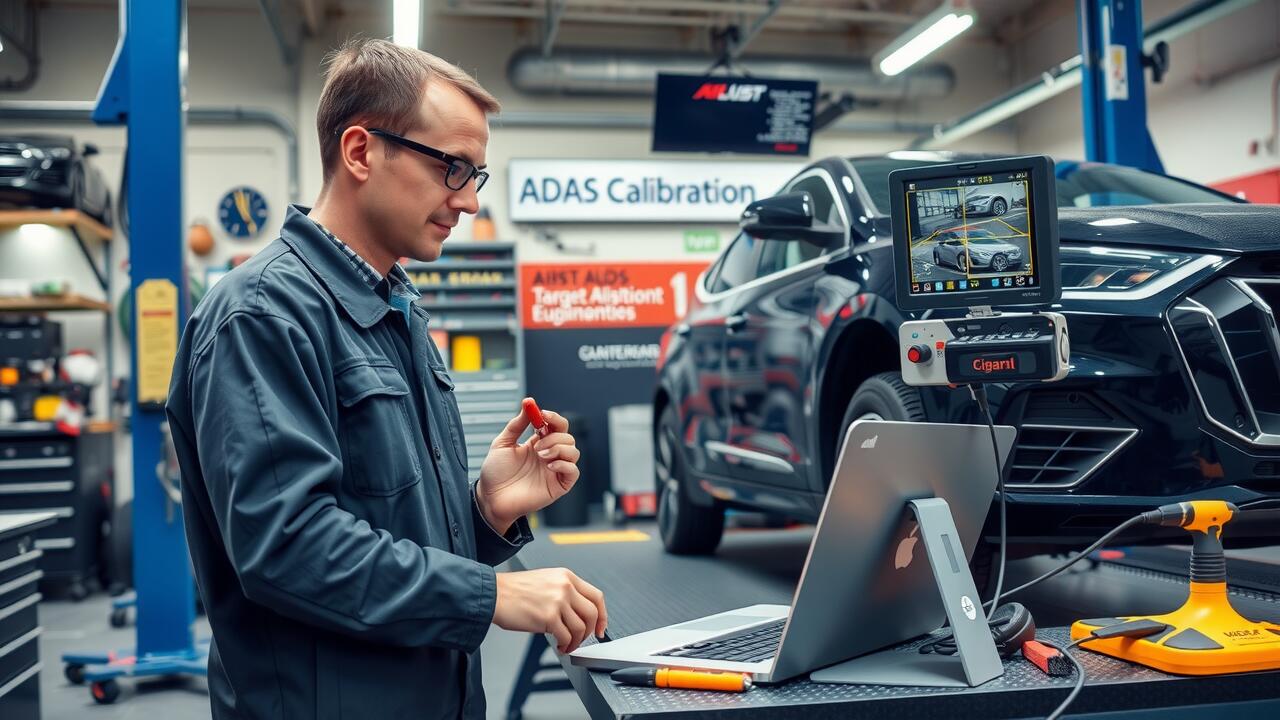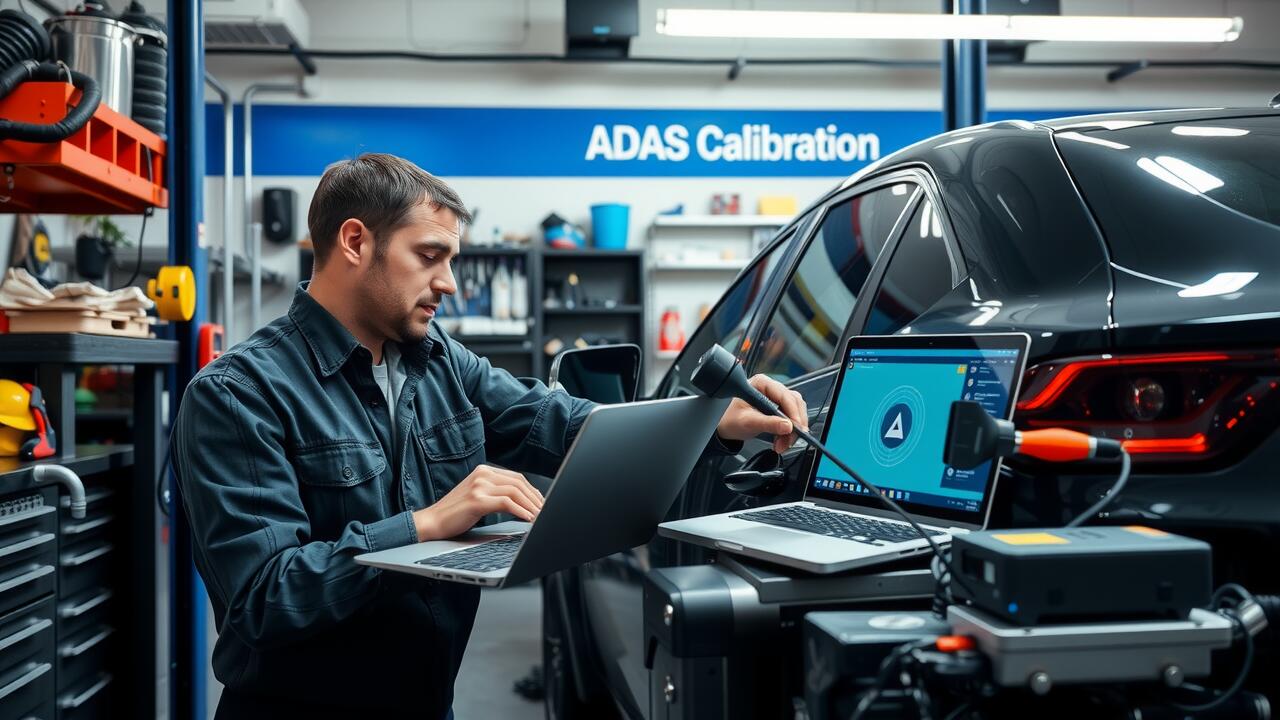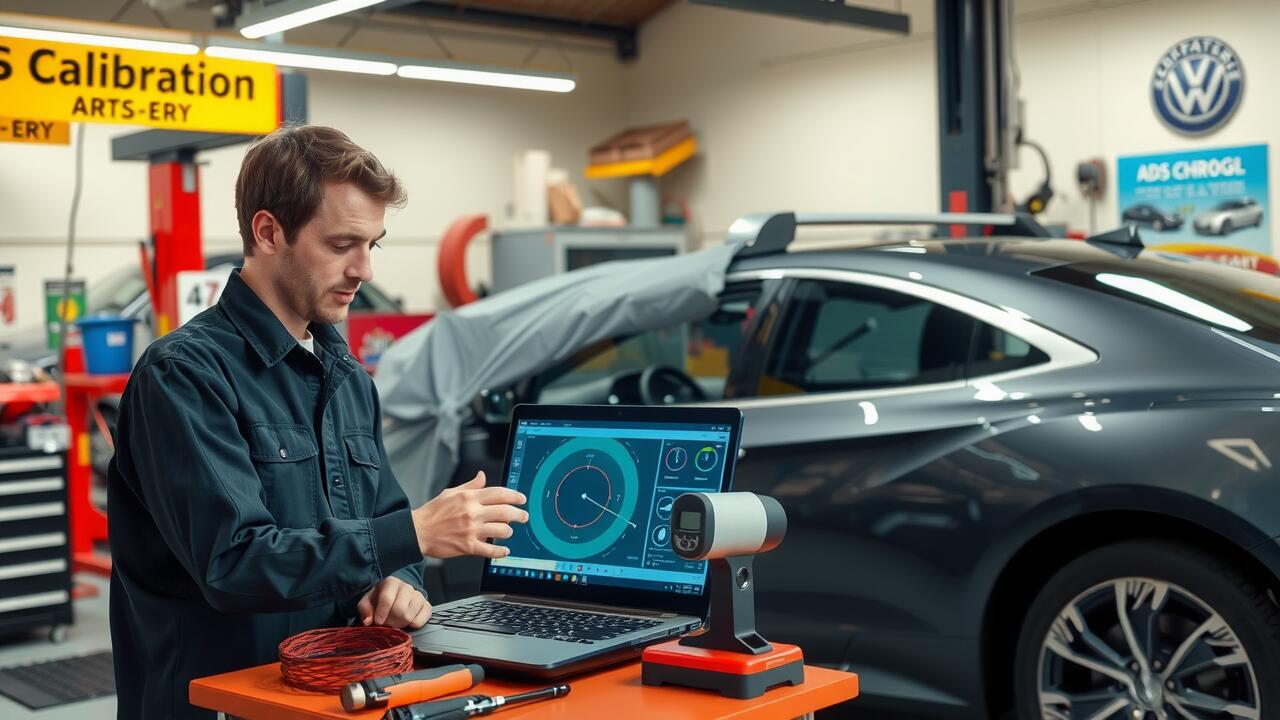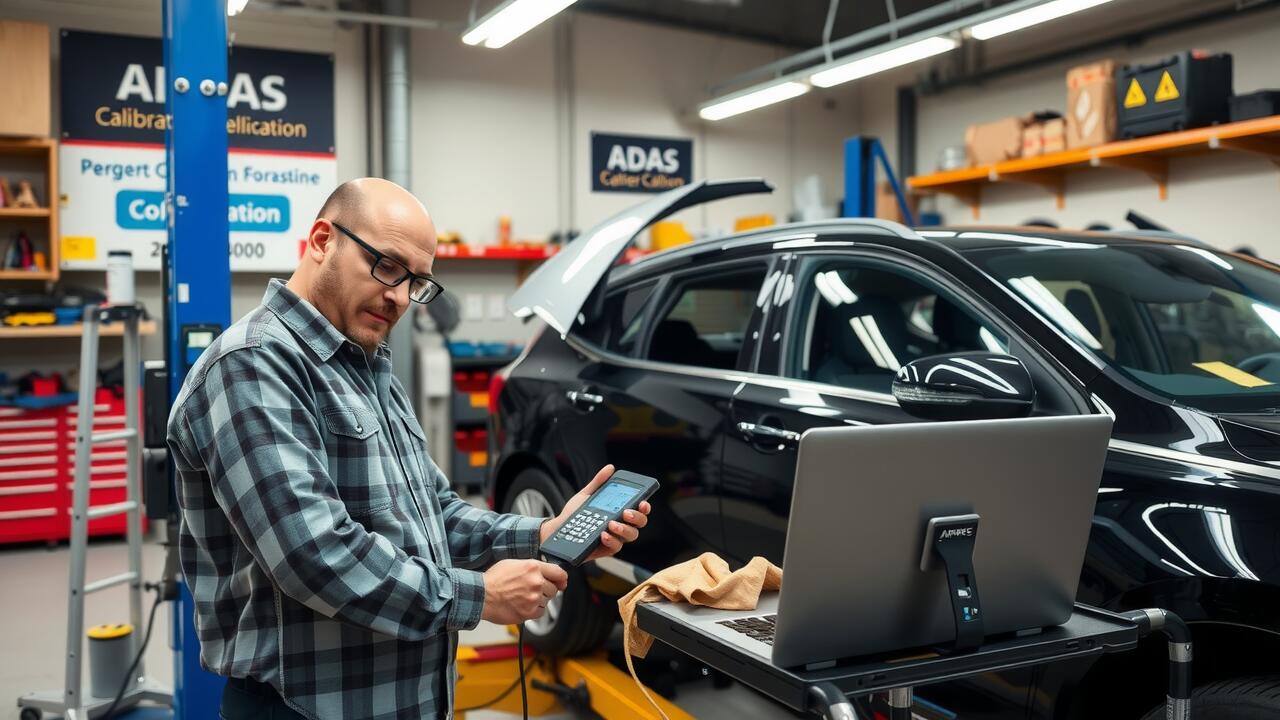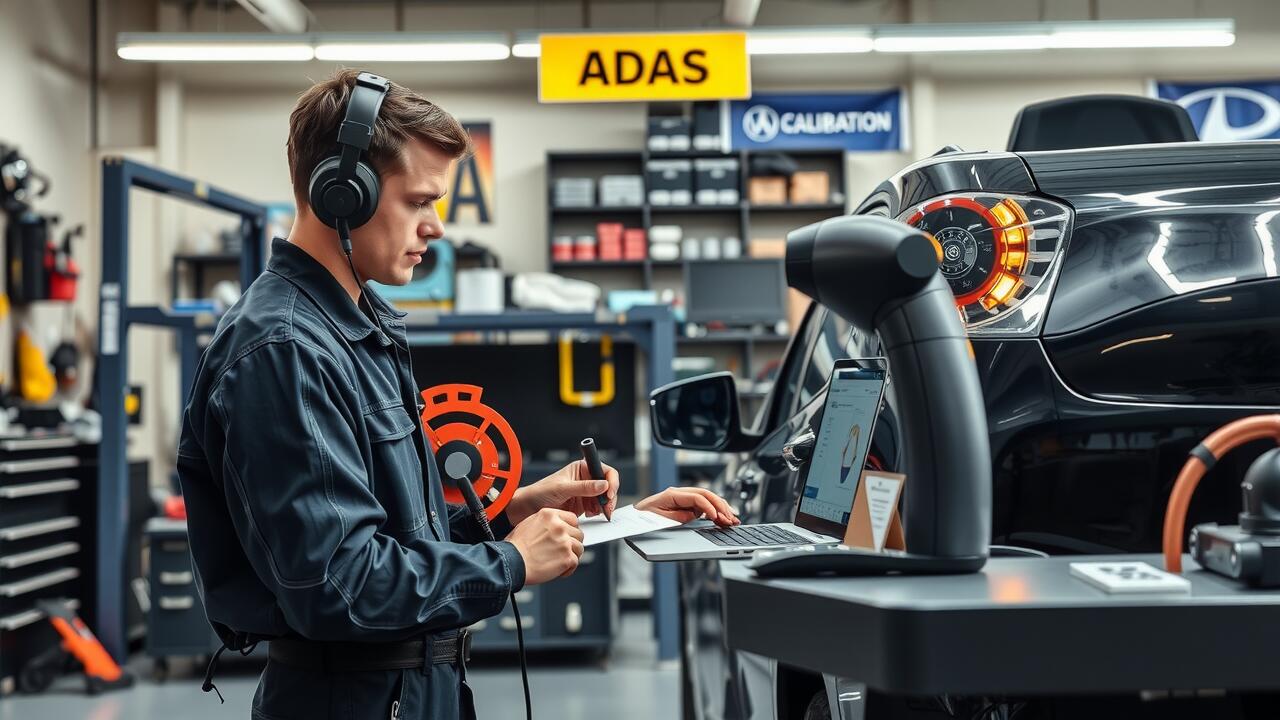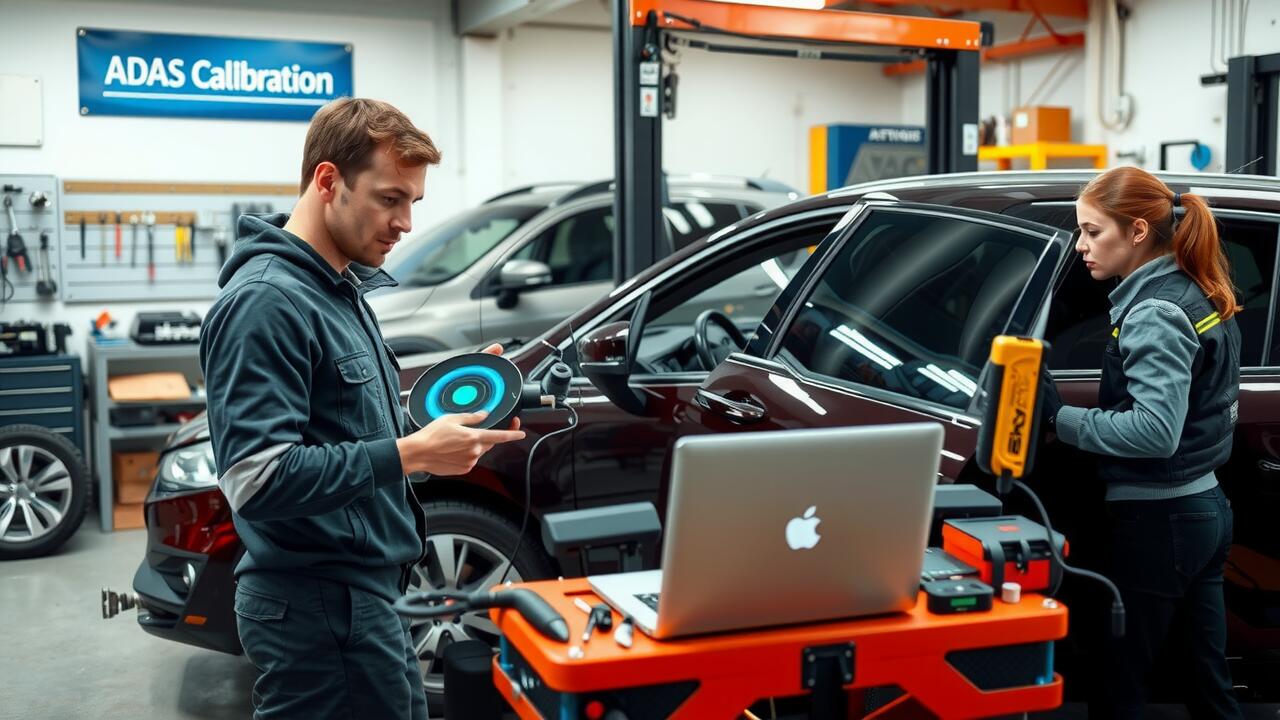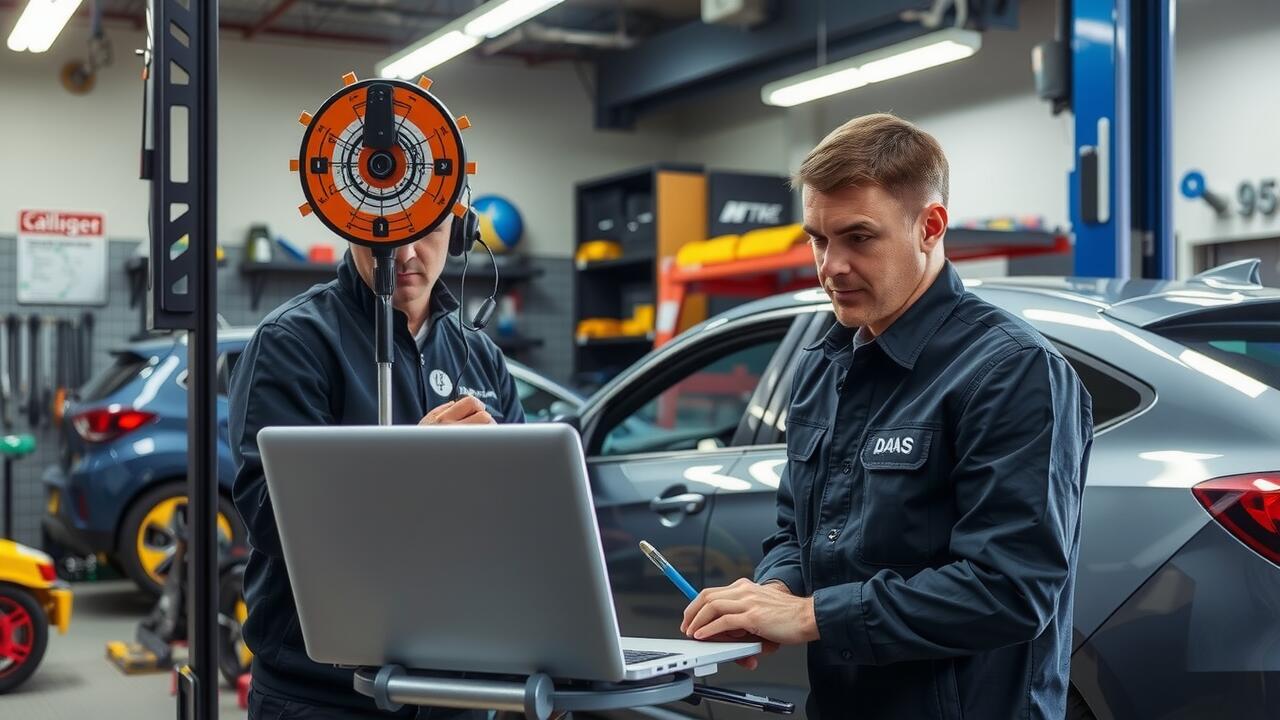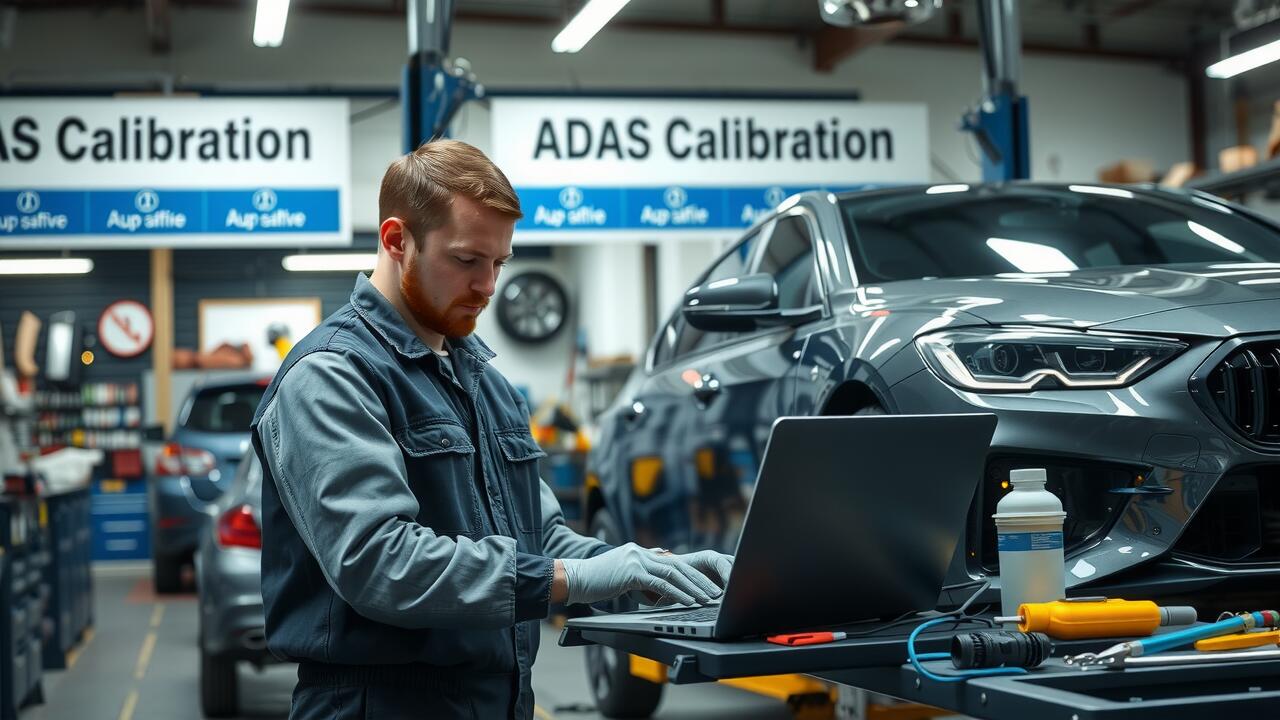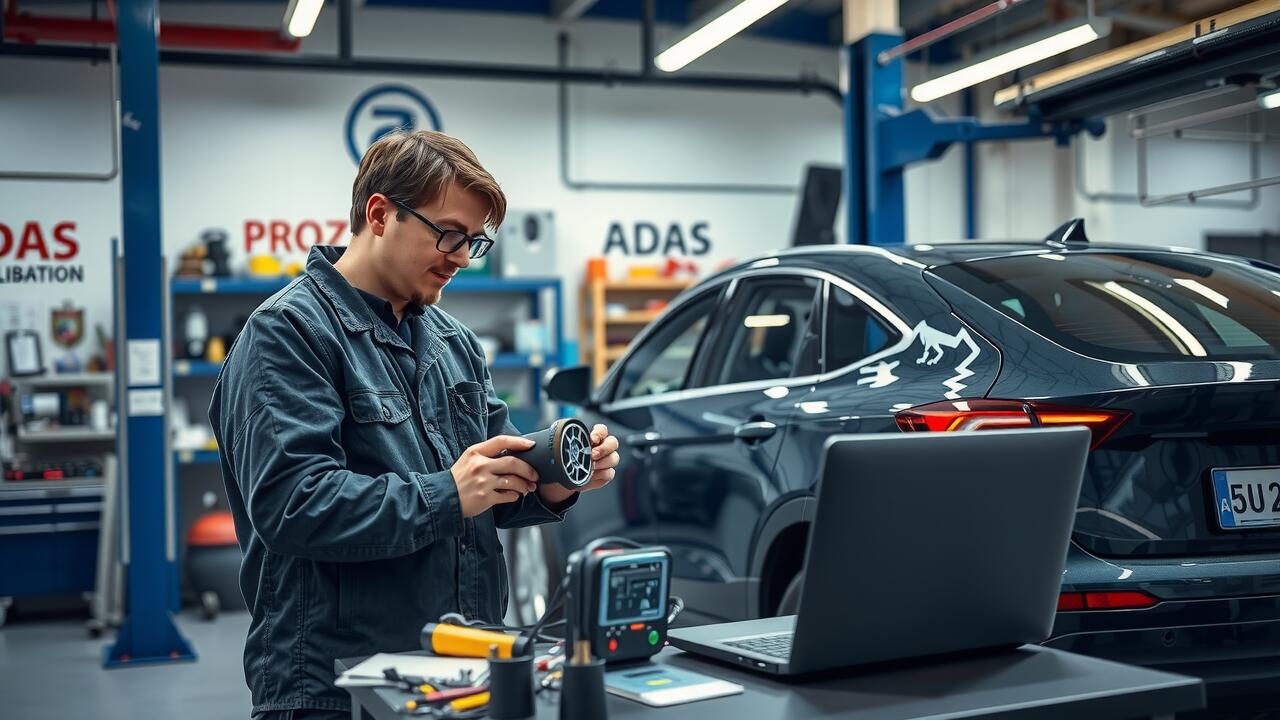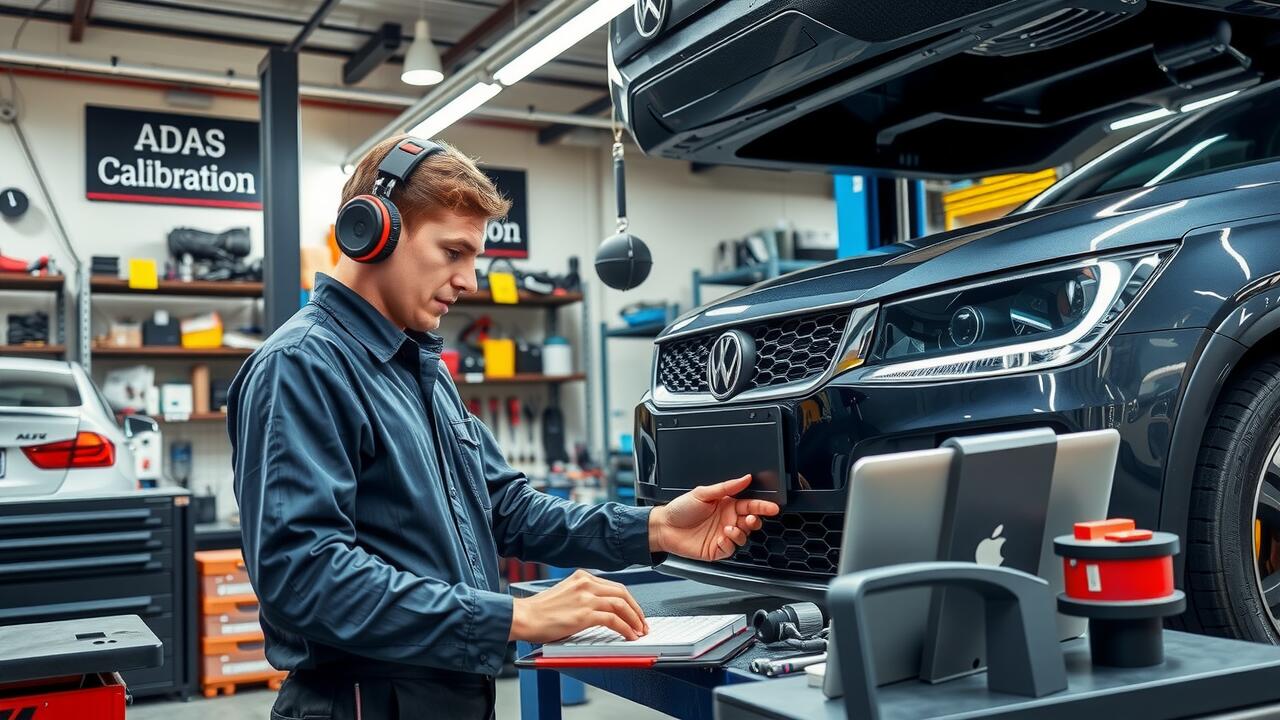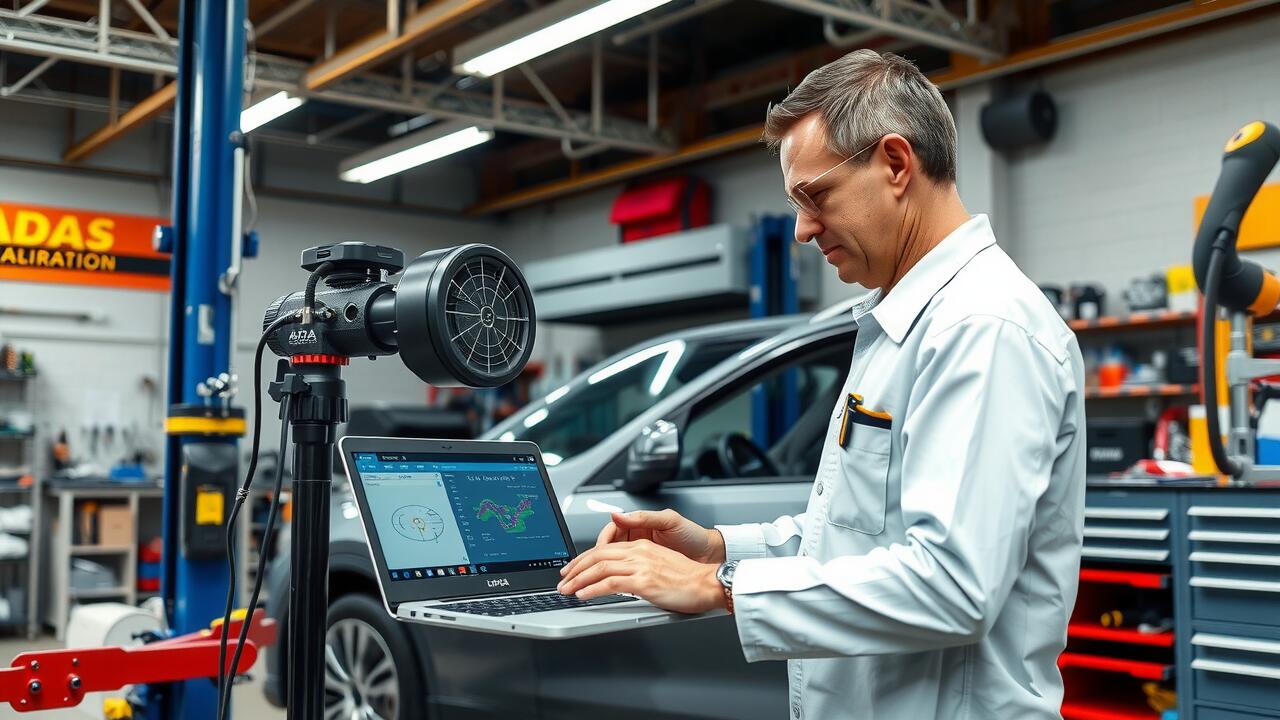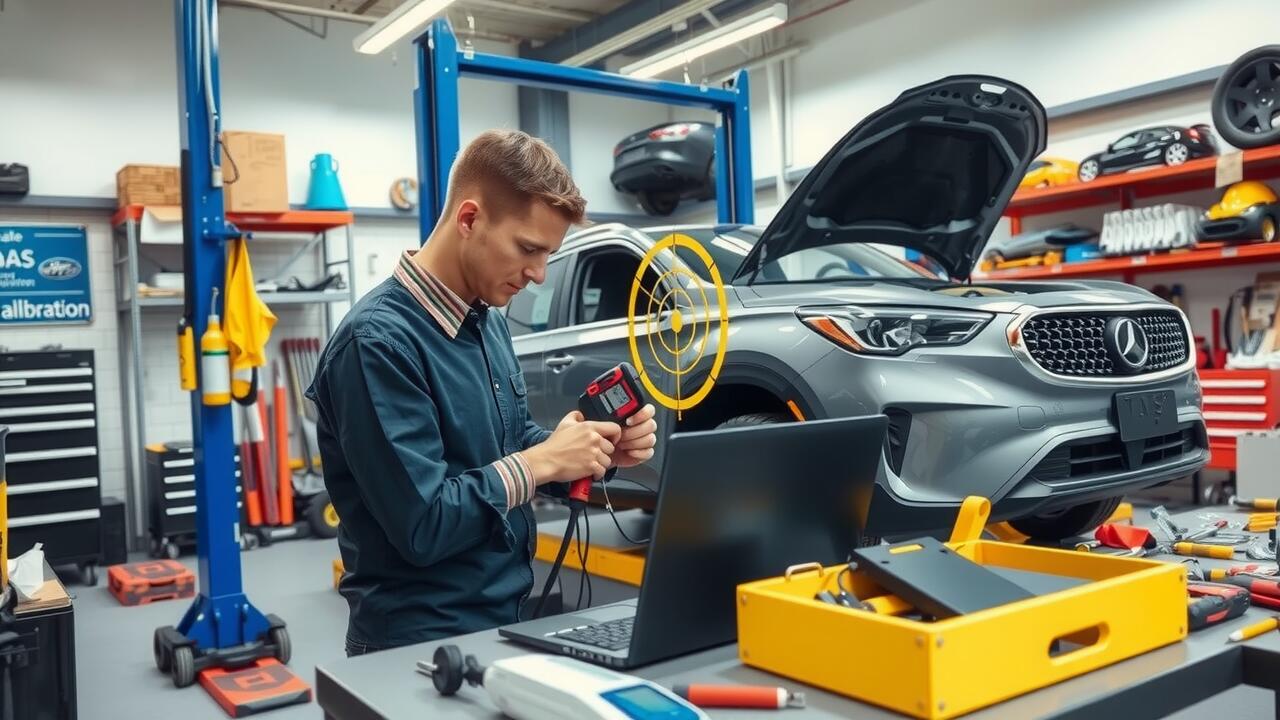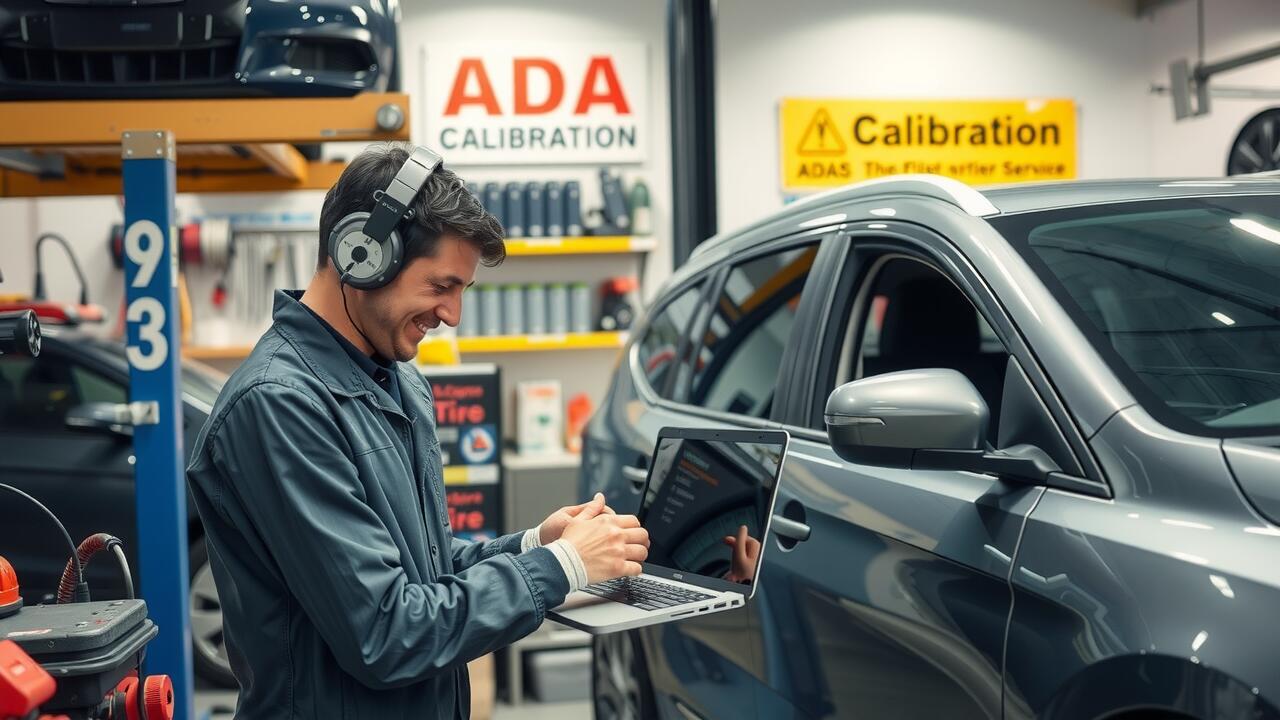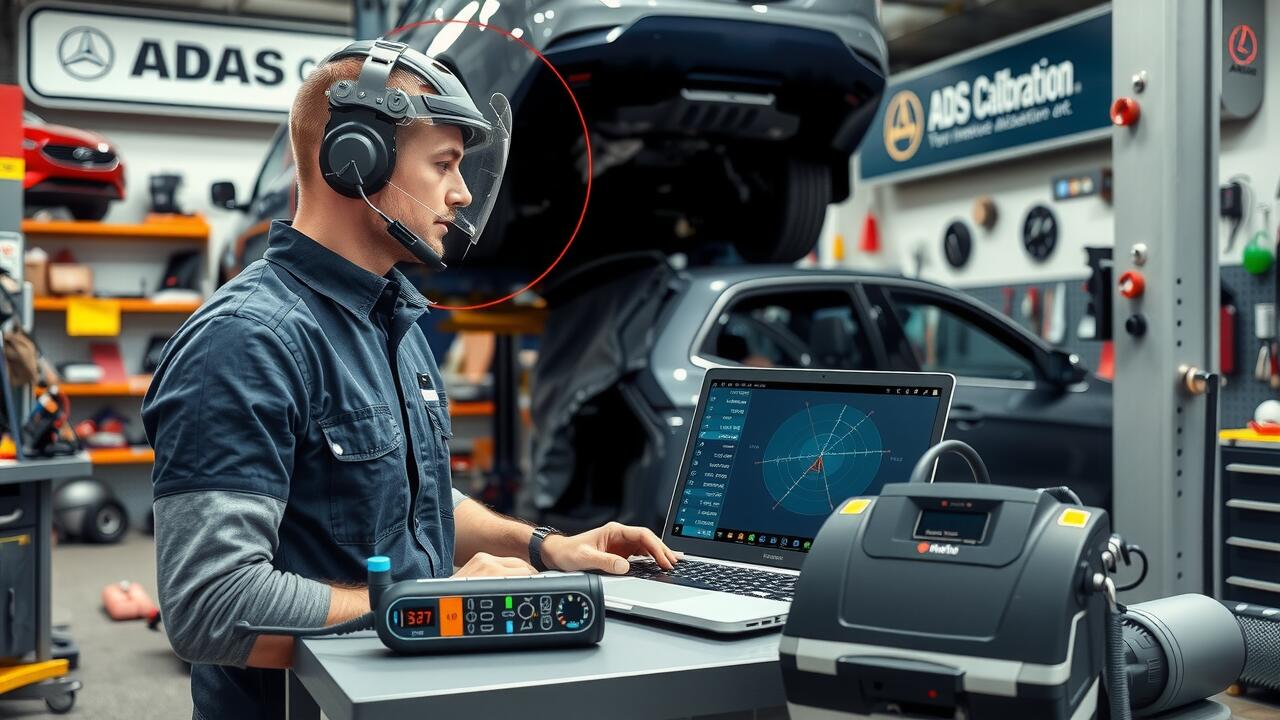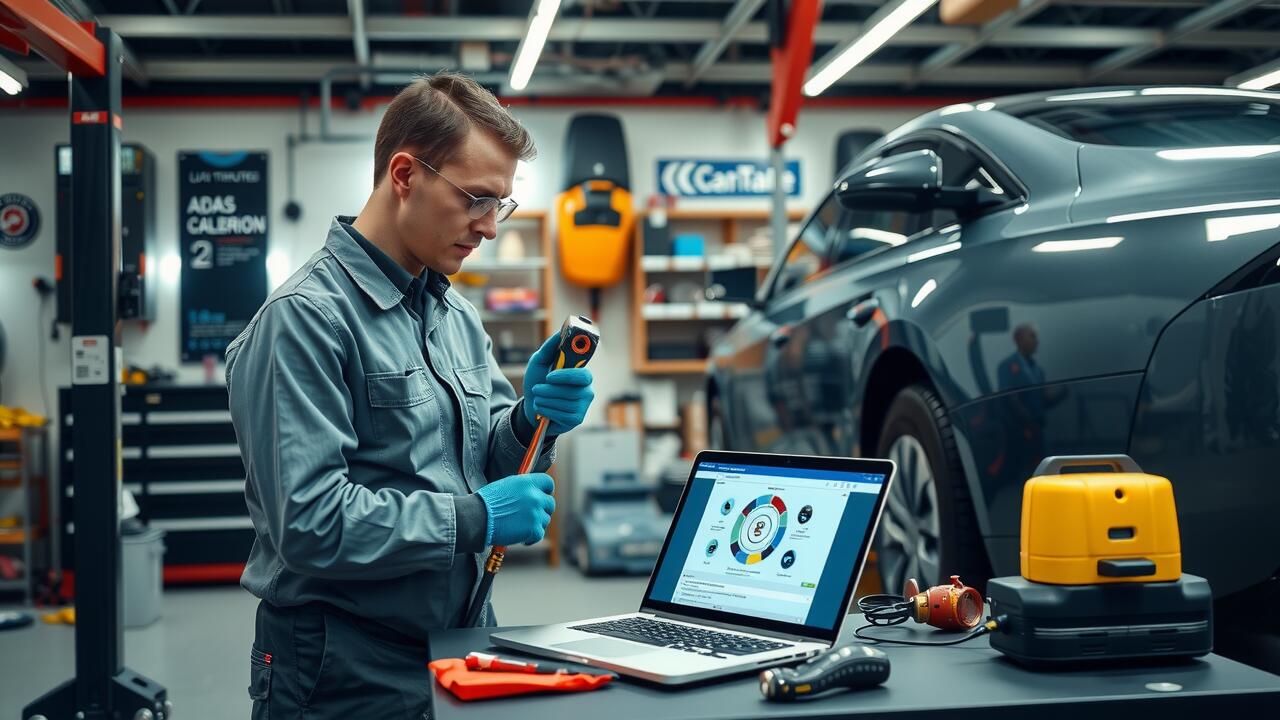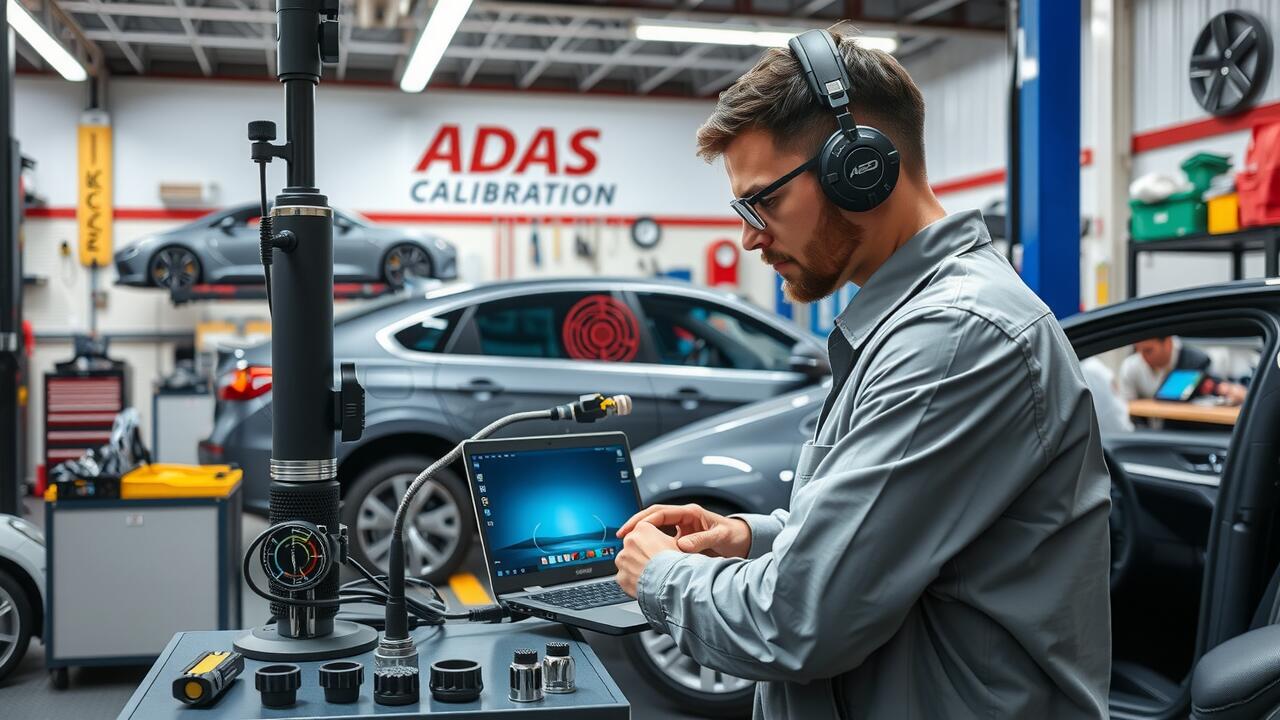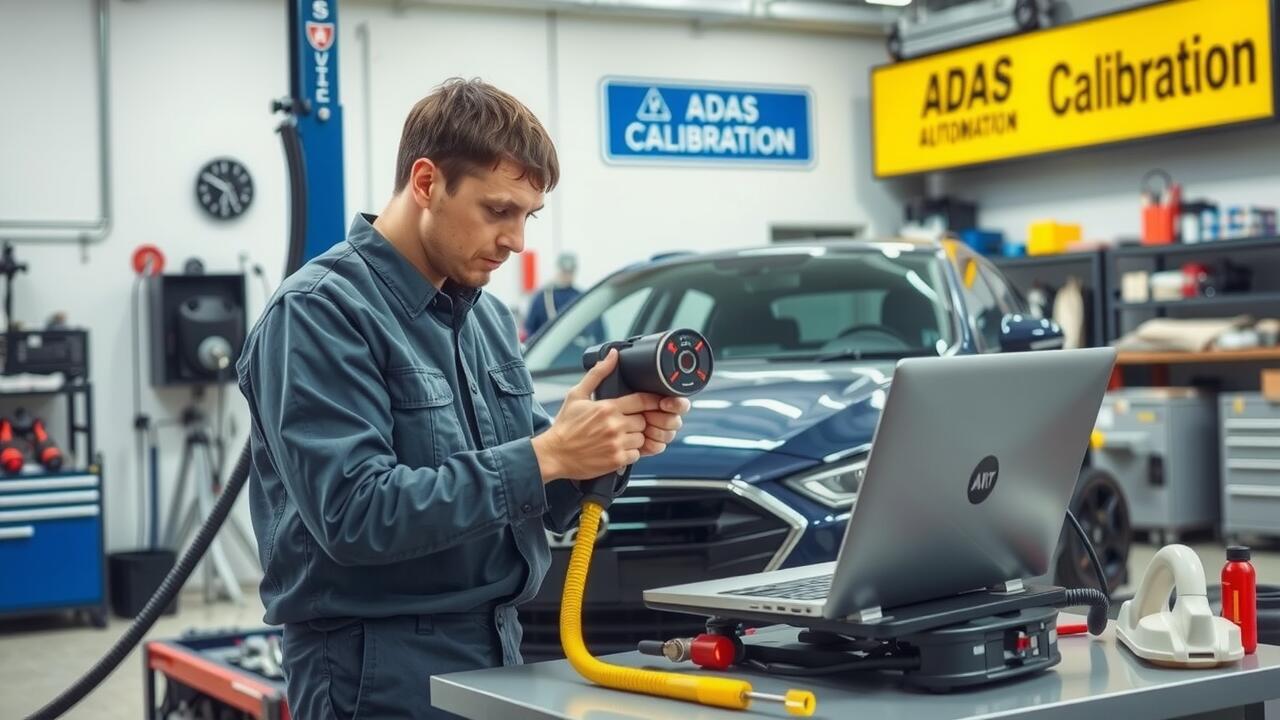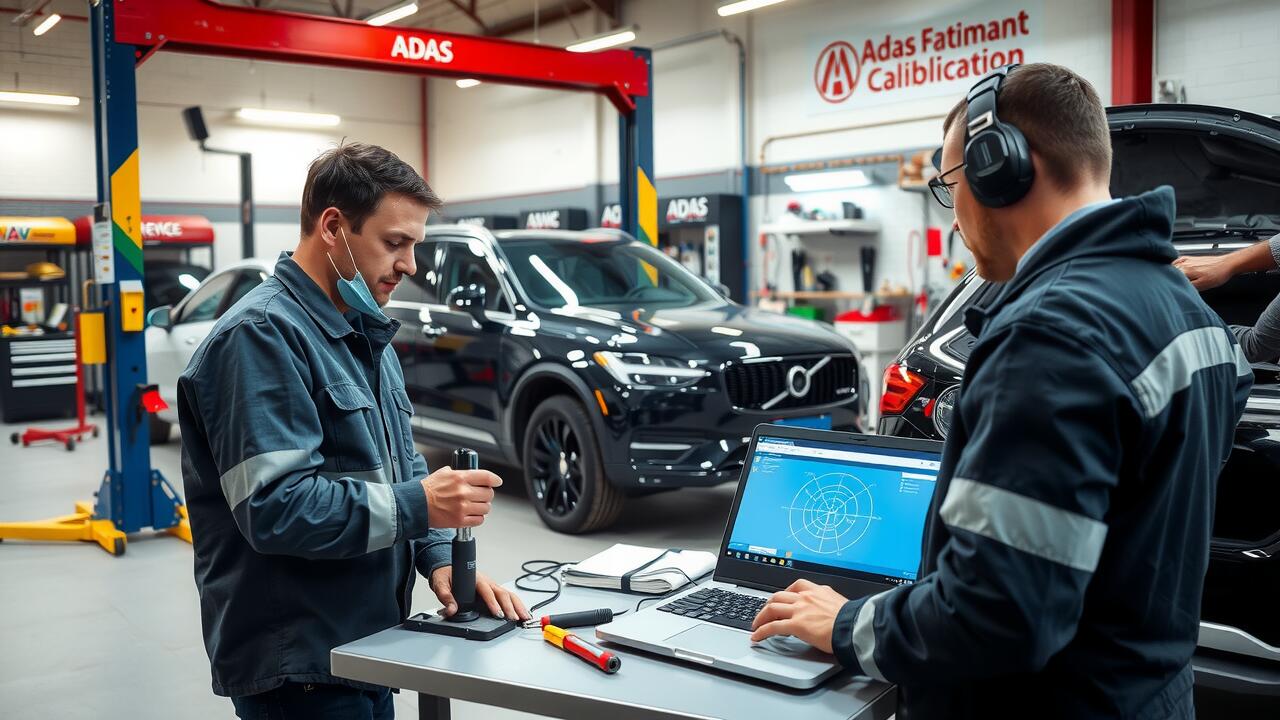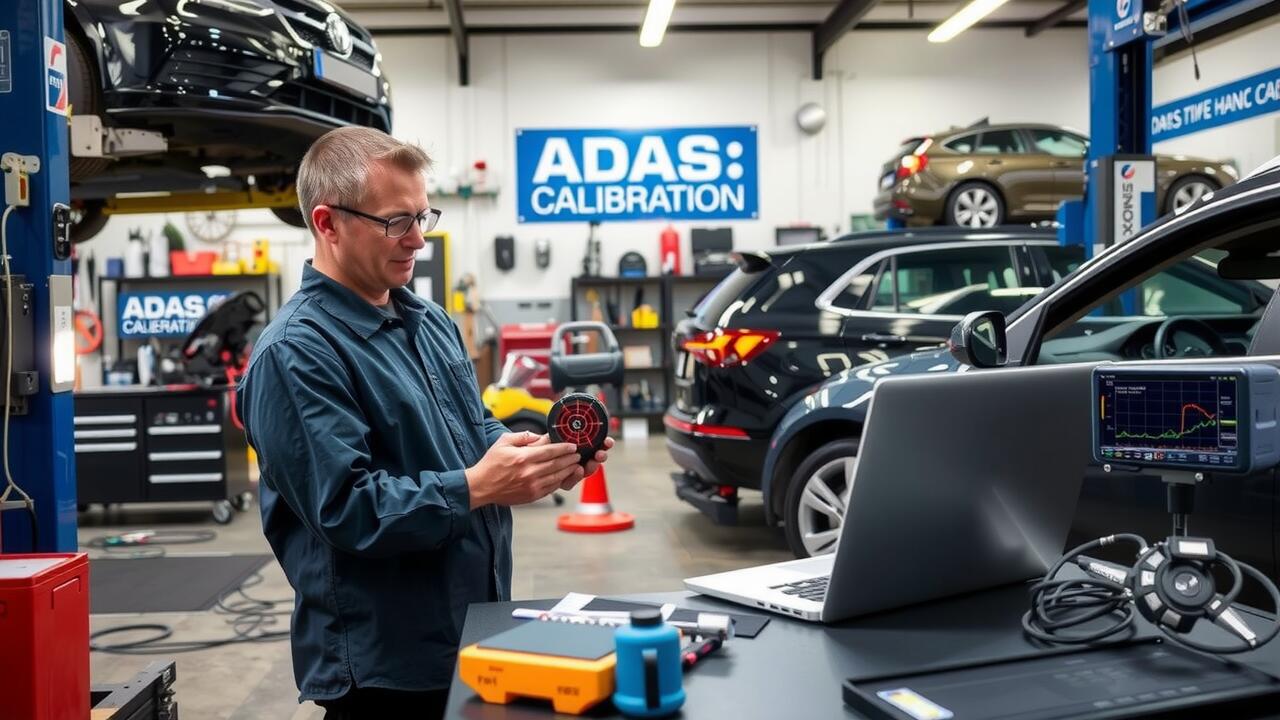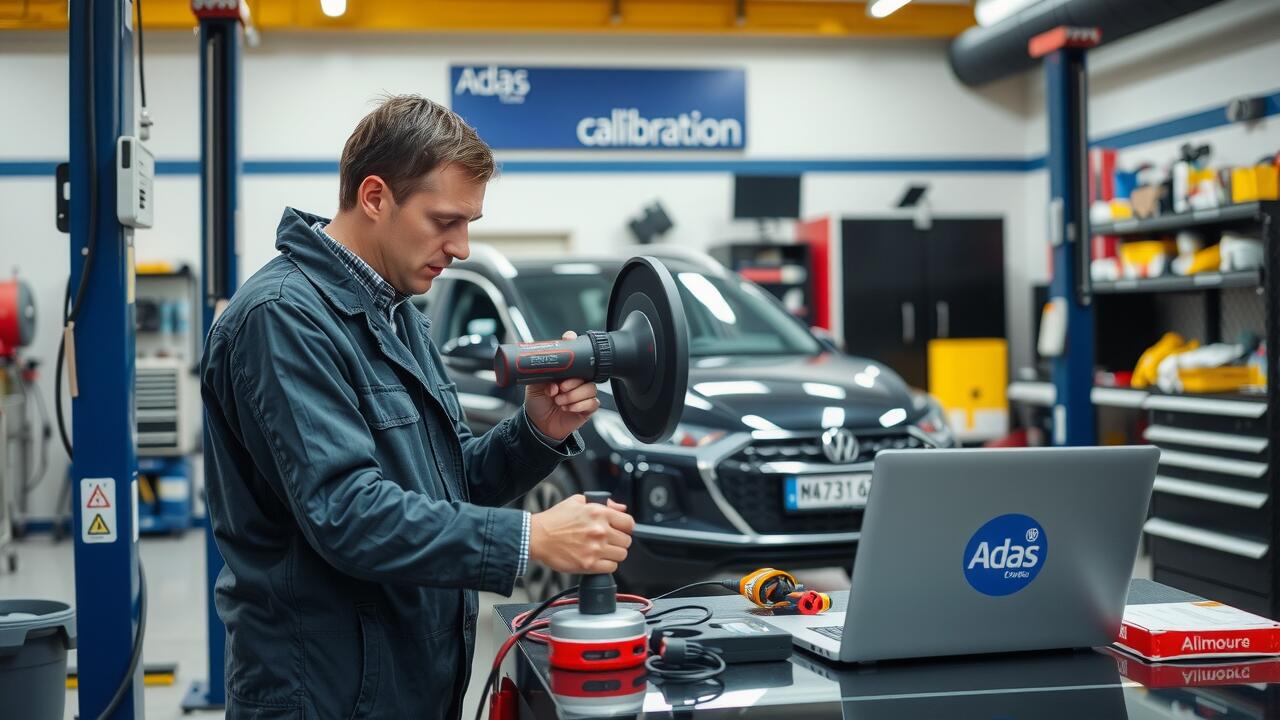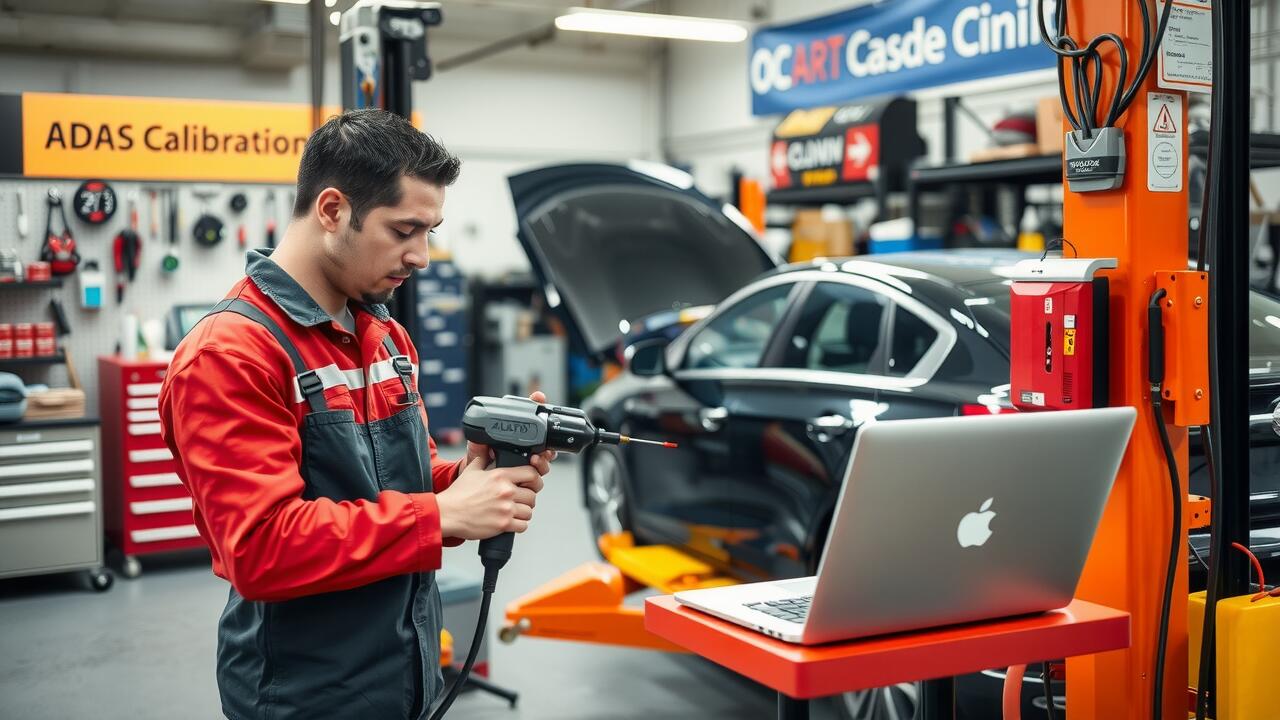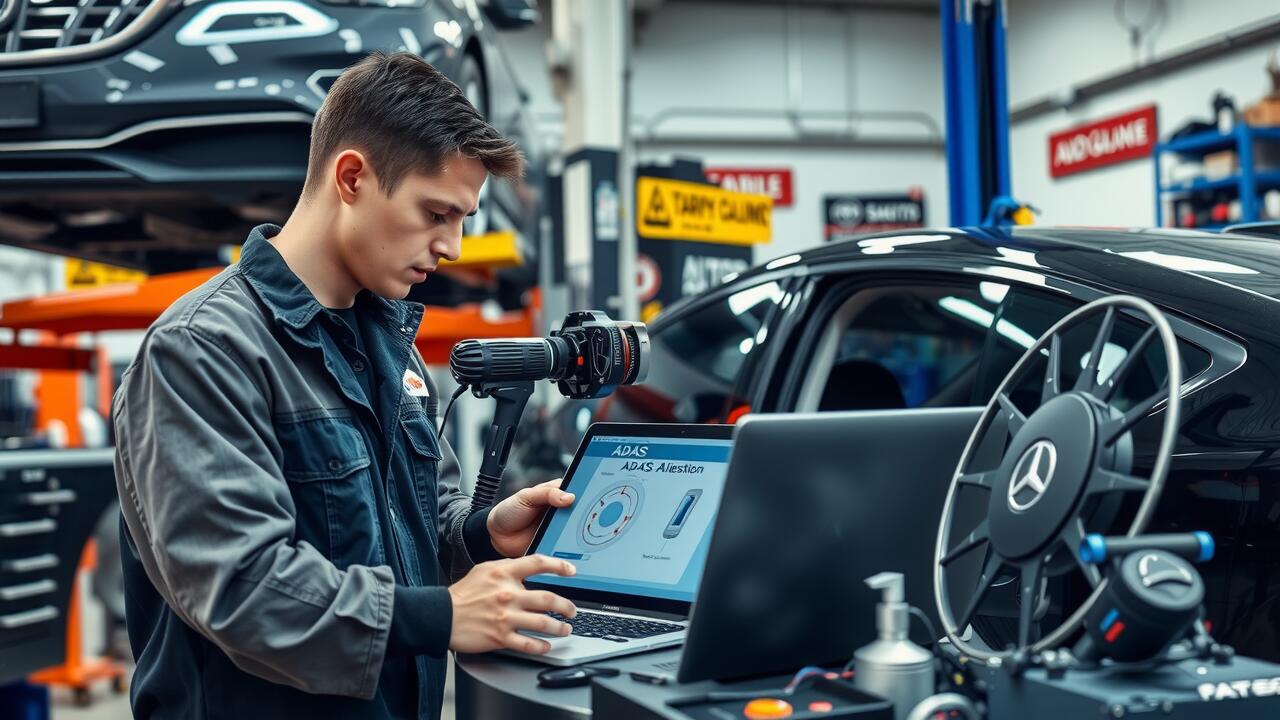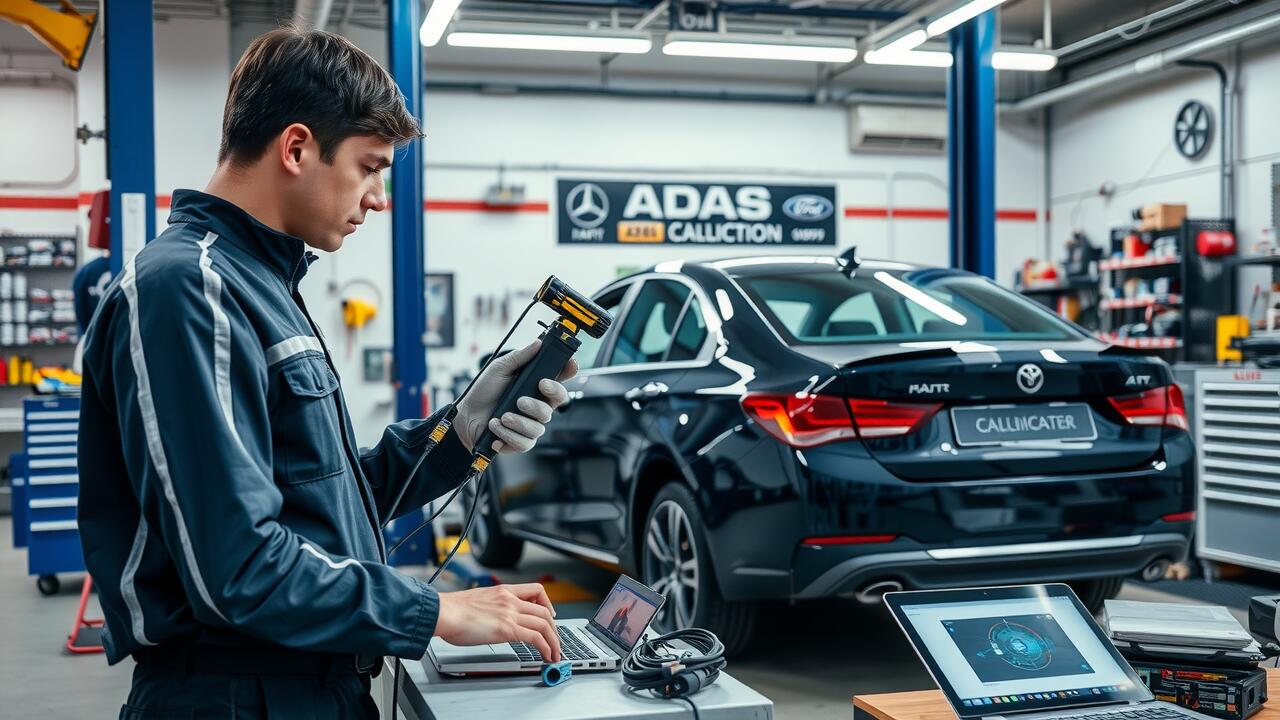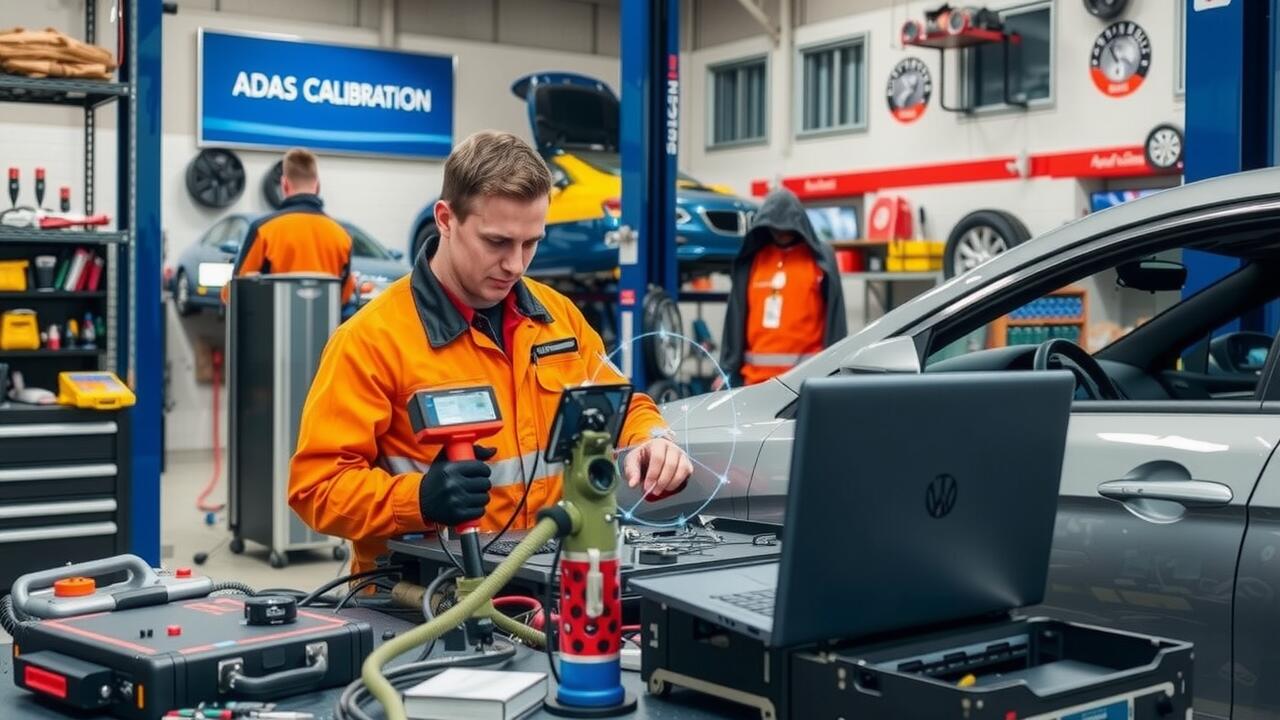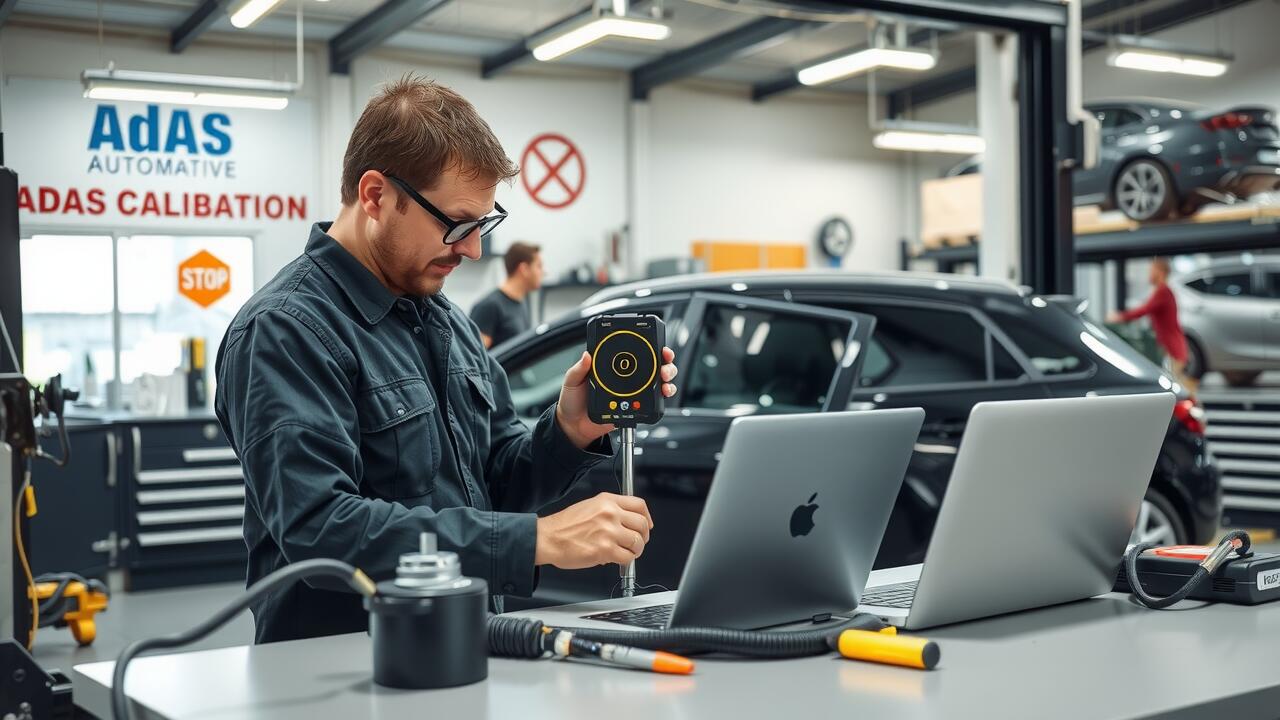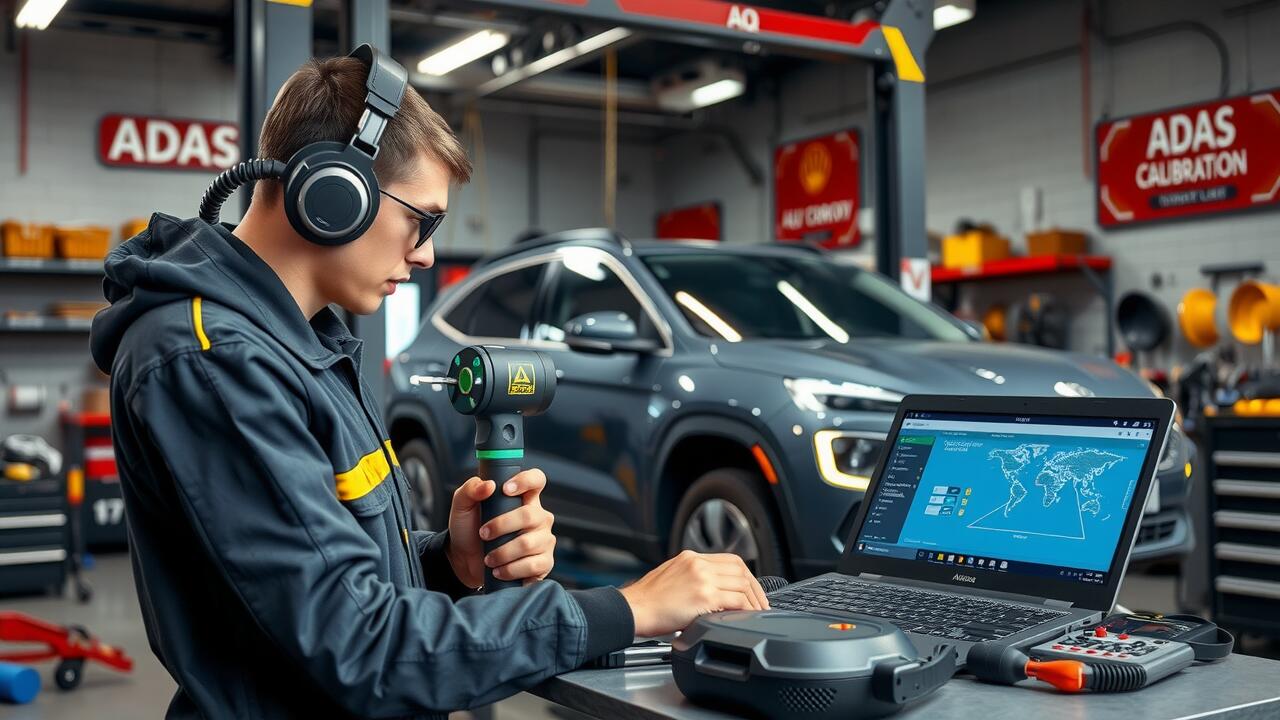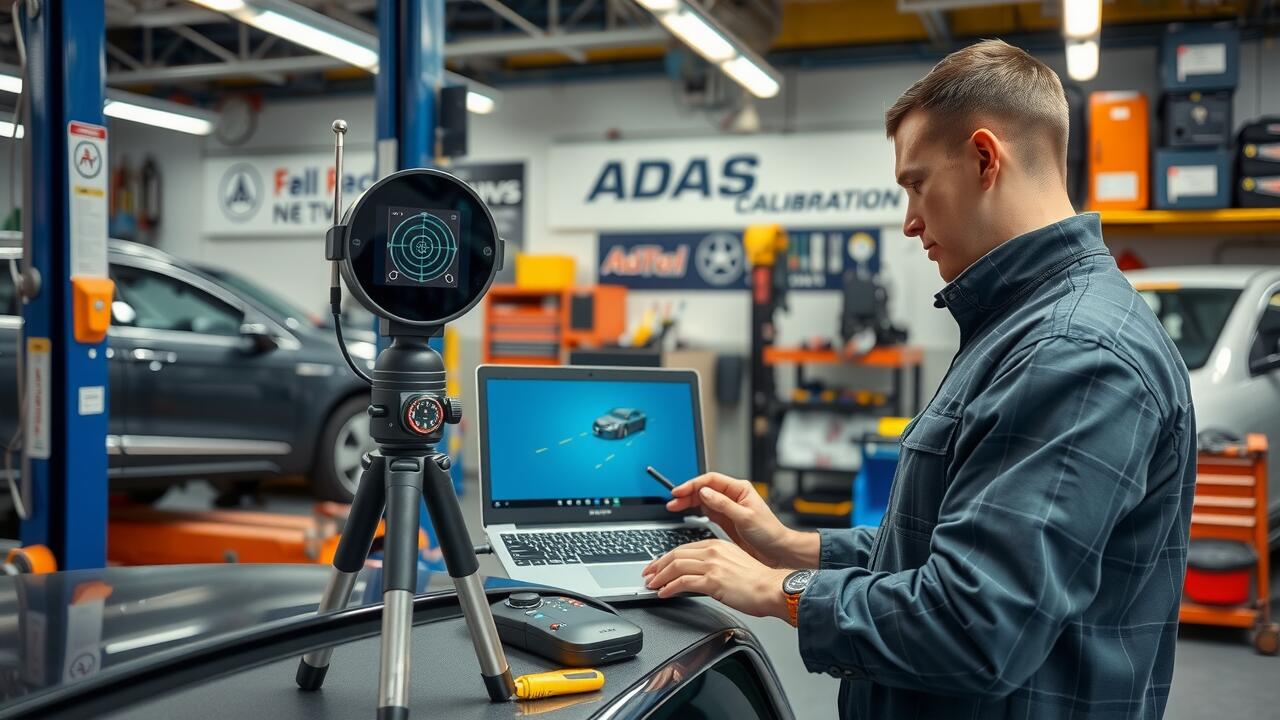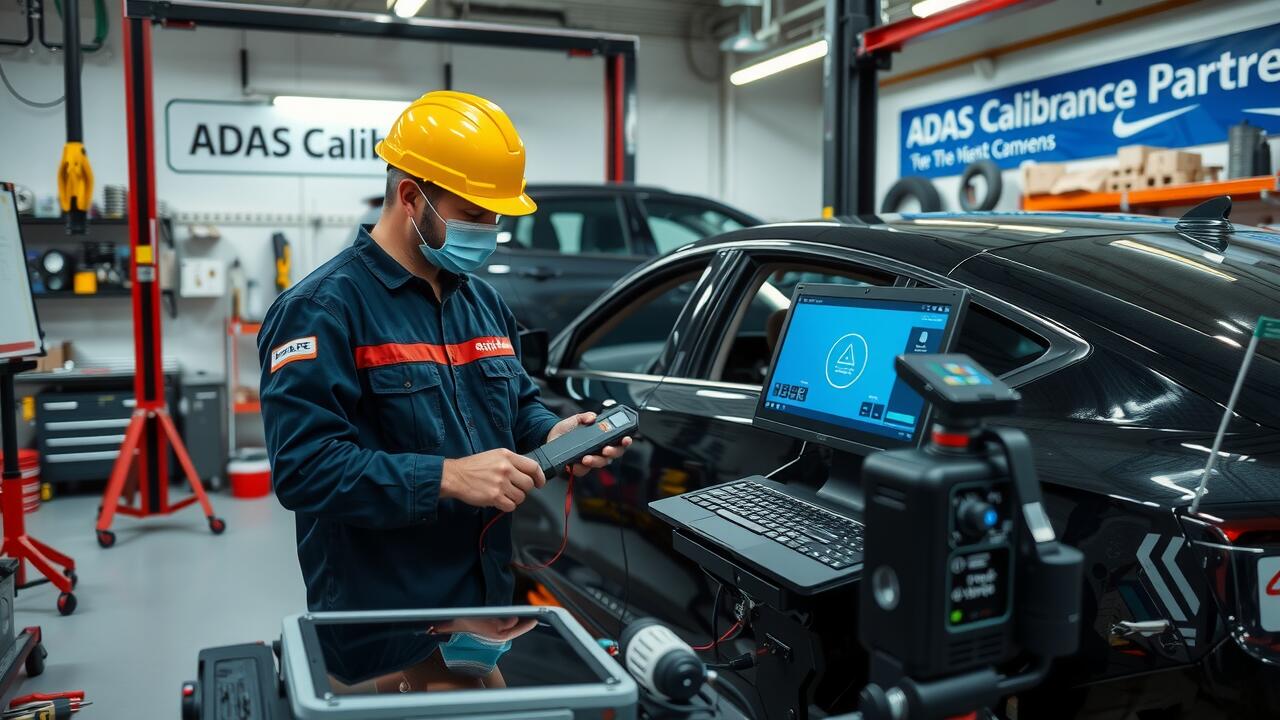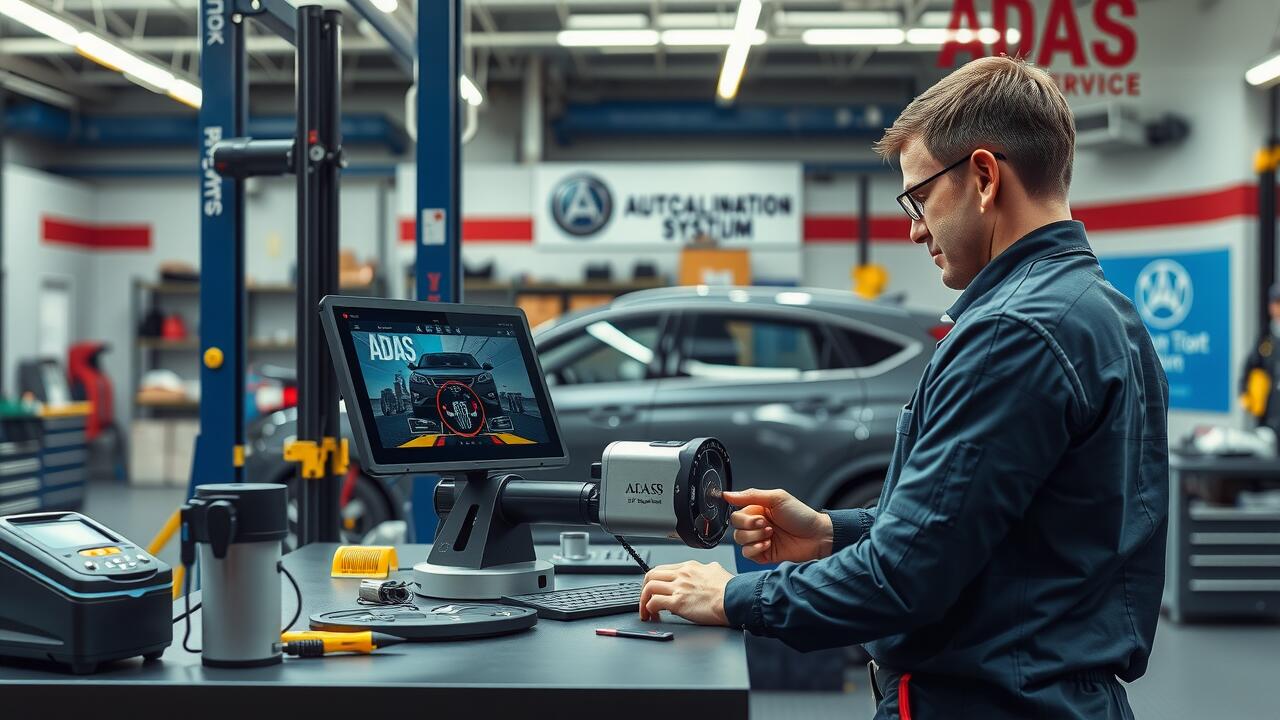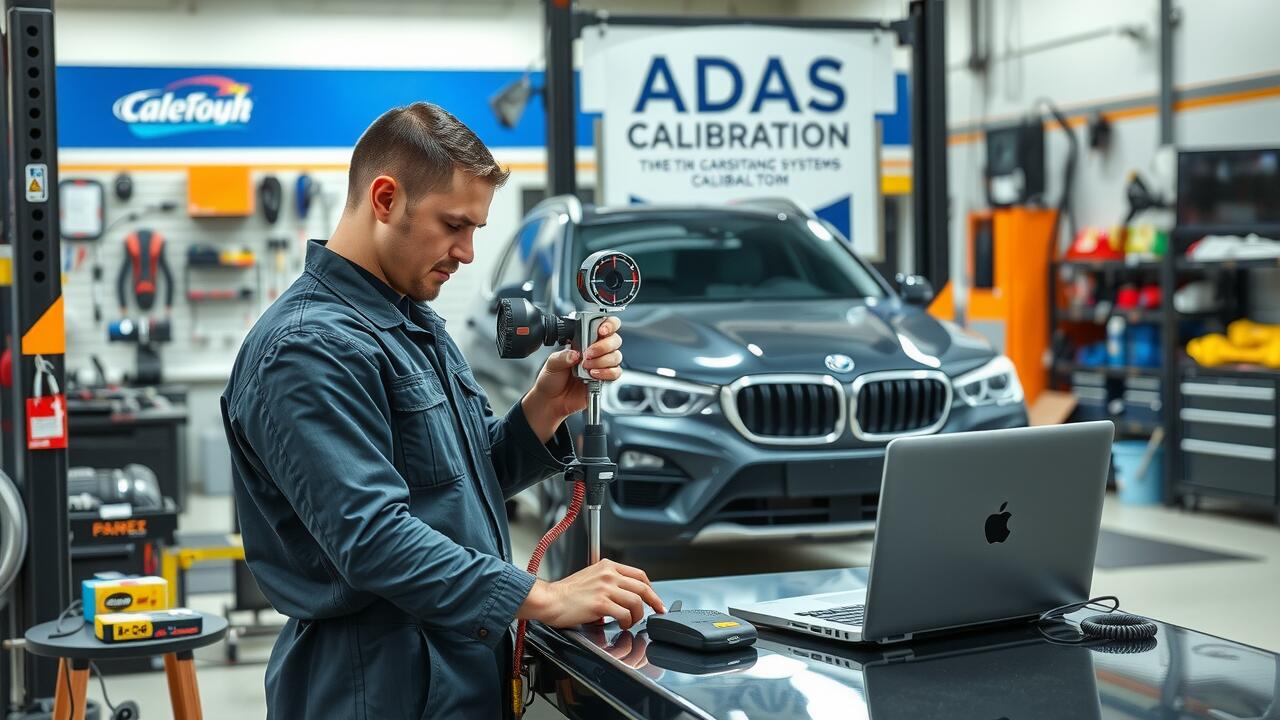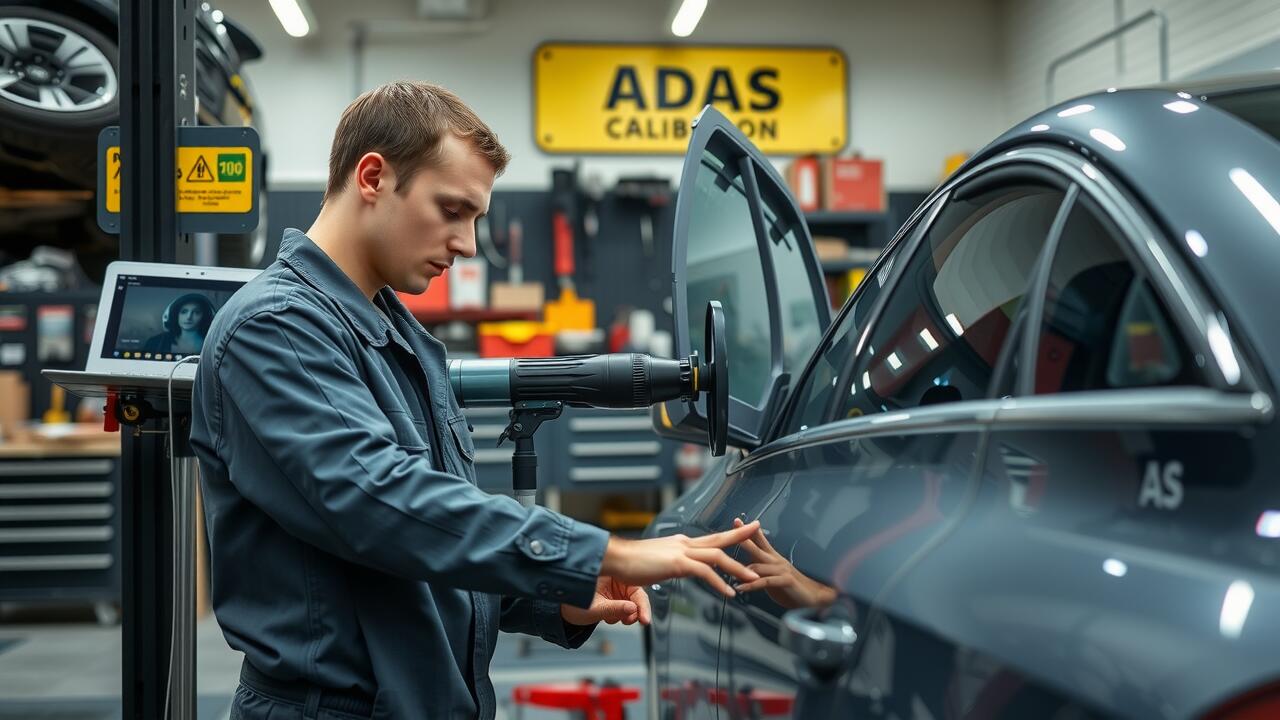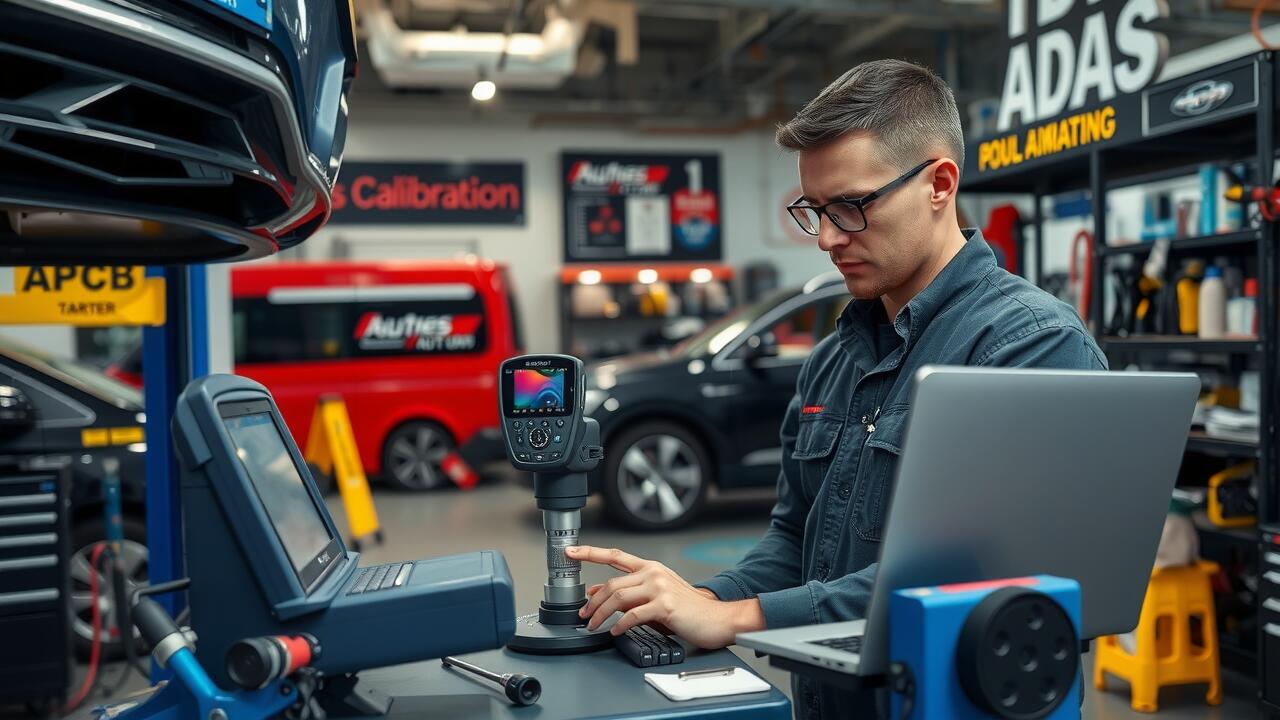
Table Of Contents
Impact of Windshield Replacement on ADAS
Windshield replacement can significantly impact the proper functioning of Advanced Driver-Assistance Systems (ADAS). Many vehicles rely on sensors and cameras that are typically mounted on or near the windshield. When a windshield is replaced, misalignment or improper installation can disrupt these systems, leading to inaccurate readings and potentially unsafe driving conditions. It is crucial to ensure that any ADAS camera calibration is performed after a replacement to restore the systems to their intended accuracy.
Neglecting to recalibrate the ADAS after a windshield change can result in diminished efficacy of features such as lane-keeping assistance, adaptive cruise control, and collision avoidance systems. Even a slight misalignment could cause the camera to misinterpret its surroundings. Ensuring proper ADAS camera calibration not only helps maintain vehicle safety but also adheres to manufacturer specifications, promoting the longevity and reliability of the vehicle’s advanced systems.
Why Replacement Might Require Calibration
Replacing a windshield can significantly impact the functioning of Advanced Driver Assistance Systems (ADAS). The sensors and cameras used for features like lane departure warnings and automatic emergency braking are often mounted on the windshield. When a new windshield is installed, the positioning of these components can change, leading to inaccuracies in how they interpret data. This misalignment can compromise the effectiveness of the systems designed to enhance safety on the road, making ADAS camera calibration essential.
Furthermore, many vehicles today rely on precise calibration to ensure that the ADAS components work correctly. If a windshield replacement is performed without recalibrating the ADAS cameras, the system may not respond as intended. This can result in false alerts or, worse, a complete failure of safety features. Given the importance of accurate calibration in maintaining vehicle safety, drivers should take windscreen replacement seriously and seek professional calibration services when necessary.
Professional Calibration Services
Professional calibration services play a critical role in ensuring that Advanced Driver Assistance Systems (ADAS) function correctly after a windshield replacement. These services have the expertise and technology needed to accurately calibrate ADAS camera systems and other sensors. Technicians use specialised equipment to assess and align the cameras based on the manufacturer’s specifications, which is essential for maintaining safety features like lane departure warnings and adaptive cruise control.
Choosing a reputable service provider is crucial for effective ADAS camera calibration. It’s important to select a facility familiar with your vehicle's specific make and model, as different manufacturers may have differing calibration requirements. Many workshops use advanced diagnostic tools that can minimise errors and ensure that the system performs optimally post-service. Verify that the provider has the necessary certifications and experience to guarantee a thorough calibration process.
Choosing the Right Service Provider
When selecting a service provider for ADAS camera calibration, it is essential to consider their qualifications and experience. Look for specialists who are certified and have a proven track record in handling advanced driver-assistance systems. A reputable provider should also utilise the latest technology and equipment tailored for the calibration process. Reviews and recommendations from previous customers can offer valuable insights into the provider's reliability and service quality.
Additionally, proximity to the service location can play a significant role in your decision. Choosing a local provider not only supports community businesses but also often allows for quicker turnaround times. Confirm that they offer a comprehensive range of services related to ADAS camera calibration and that they adhere to manufacturer guidelines. Understanding their process and the instruments used can help ensure that your vehicle receives the precise calibration it requires for optimal performance.
DIY Calibration
DIY calibration of ADAS systems may seem like an appealing option for car owners looking to save on costs. However, performing ADAS camera calibration without proper training and equipment can lead to inaccurate adjustments. Advanced driver-assistance systems rely on precise calibration to function effectively, ensuring that safety features like lane-keeping assistance and adaptive cruise control operate correctly.
Attempting self-calibration can put drivers and passengers at risk. Most ADAS systems require complex software tools and knowledge of vehicle dynamics, which are typically not available to the average car owner. It's crucial to understand that incorrect calibration may not only compromise safety features but can also void warranties or lead to expensive repairs down the line. Seeking professional assistance is often the safest and most reliable option for ensuring proper ADAS camera calibration.
Risks and Limitations of Self-Calibration
Self-calibration of Advanced Driver Assistance Systems (ADAS) presents significant challenges for the average vehicle owner. Many modern vehicles rely on precisely positioned cameras and sensors that are crucial for features such as lane departure warnings and adaptive cruise control. Misalignment or incorrect calibration can lead to malfunctioning safety systems, which compromises both driver and passenger safety. The intricate nature of ADAS camera calibration often goes beyond simple adjustments and requires specialised knowledge that most individuals lack.
Attempting to self-calibrate ADAS systems can result in unintended consequences. Users may inadvertently cause further misalignment or overlook necessary adjustments, leaving the vehicle's systems less effective than intended. Many manufacturers recommend professional calibration after any modification, including windshield replacement, to ensure that systems function correctly. By skipping this step, drivers may place themselves and others at risk on the road due to compromised safety features.
FAQS
What is ADAS and why is it important?
ADAS stands for Advanced Driver Assistance Systems. It includes technologies that enhance vehicle safety and facilitate driving, such as lane departure warnings and automatic braking. Proper functioning is crucial for ensuring driver and passenger safety.
How does a windshield replacement affect ADAS?
A windshield replacement can affect ADAS because many systems rely on cameras and sensors mounted on or near the windshield. If these components are misaligned or removed during the process, it may impair their function and require recalibration.
What does recalibration involve after a windshield replacement?
Recalibration involves adjusting the sensors and cameras to ensure they are correctly aligned and functioning as intended. This can be done using specialised equipment and may require professional assistance to ensure accuracy.
Can I perform the ADAS recalibration myself after replacing the windshield?
While some DIY methods exist, it is generally not recommended to self-calibrate ADAS systems. Professional calibration services use advanced equipment to ensure accurate alignment and functionality, reducing the risk of safety issues.
How do I choose the right service provider for ADAS calibration?
Look for a service provider with experience in ADAS calibration, positive customer reviews, and the necessary equipment for your specific vehicle make and model. It’s also beneficial to verify if they are certified by your vehicle manufacturer.
